LAST UPDATED – 2/17/24 – Madrid, Spain Travel Guide
Even though the name “Madrid” might be over 2,200 years old, the city of Madrid has only been the capital city of Spain since the 16th Century. In the time between then and now, Madrid has grown to not only the largest city in Spain, but it is also the third-largest city in the European Union. In addition to being one of the largest of Europe’s cities, it is also the continent’s sunniest. There are more days of sunshine in Madrid than any place else in Europe. Madrid is also considered to be one of the cultural capitals of the European Union. This would explain why the city is one of the most popular tourist destinations in Europe if not the whole world.
The beautiful architecture, parks, and neighborhoods are fun to explore on walking or bicycling tours. For those who like to travel to eat, the local cuisines in Madrid are nothing short of amazing. In fact, Madrid is home to the oldest restaurant in the world, so you know the people of Madrid know how to cook. Tapas tours are a very popular attraction for foodies visiting Madrid and really give you a good sampling of the amazing food scene.

Madrid is the Home to World-Renowned Museums
In addition to the beautiful architecture and amazing cuisine, the city of Madrid is also an excellent place for museum enthusiasts to visit. You know the museum scene is good when you hear talk of a “Golden Triangle” of must-see museums that include the Paseo del Prado, the Museo Reina Sofía, and the Museo Thyssen-Bornemisza.
All three are world-class and definitely worth checking out if you love museums. However, no matter what brings you to Madrid, you are guaranteed to have a travel experience that you will always remember when you use my Madrid, Spain Travel Guide to plan your trip.
In this Madrid, Spain Travel Guide, I am going to give you all of the information you need to plan a successful trip to Madrid, Spain. I cover the best times to visit and the best ways to get there so that you can maximize what you can see and do on your trip. In addition, I outline the top things to see and do while you are there and where the best places to stay and eat are. With this information in hand, you can be confident that your trip to Madrid will be one that you remember for the rest of your life.
Madrid Travel Guide Navigation Menu
At a Glance
Before you start making any travel plans, you need to be sure you meet the country’s entrance requirements. This includes all of the passport, VISA, and immunization requirements for Spain.
In addition, you need to make sure you have a clear understanding of what languages they speak in Spain. This way, you can plan any translation needs you may have. Not only that, but you will need to know what currency they use in Spain. Knowing this, you can plan to exchange currency before your trip if necessary.
I have included some of this key information in my Madrid, Spain travel guide below for you to review as you start to make your travel plans.
| Passport requirements exist. See below for details. | |
| Immunization recommendations are listed below. | |
| The official language in Spain is Spanish. | |
| The official currency in Spain is the Euro. |
Passport, VISA, Customs, and Immunization Requirements
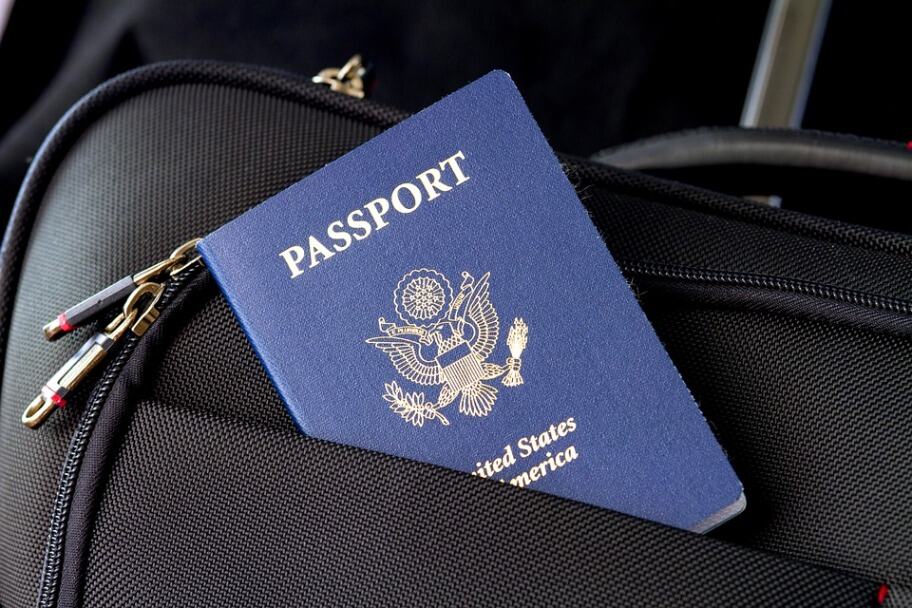
To assist you in navigating the legal requirements for visiting Spain, I have included a link to my Spain Passport, VISA, Customs, and Immunization Requirements Guide for you to review in my Madrid, Spain visitor guide below.
This guide will give you all of the information that you will need to meet the VISA, passport, customs, and immunizations requirements and recommendations for visiting Spain.
Travel Immunizations

Before you leave for your trip to Madrid, you need to make sure you have all of the proper vaccinations. Not only to protect yourself but to protect others. If you have questions on what immunizations you will need and what to look out for when you go to get them, you are in luck. I have included some general guidelines I can pass on from my experience in my Madrid, Spain travel guide below.
- Most specialized travel clinics will not accept insurance so you will have to pay for your travel consultation and immunizations and then request reimbursement from your insurance company later.
- Some immunizations aren’t accepted by every insurance company, so check with your insurance provider before getting your immunizations.
- Check with your regular doctor first, as often they can do a travel consultation for you and write you the necessary prescriptions for your immunizations, even if they aren’t able to give them to you. This way you can ensure that at least your travel consultant will be covered by your insurance up-front.
- Check with Walgreens or other drug stores that give flu shots to see if they have any of the immunization shots that you require before going to a specialized clinic that doesn’t accept insurance to get them. Walgreens can give you many of the immunizations necessary for international travel, and they accept insurance up-front.
- The Centers for Disease Control (CDC) website can be a great resource for answering any travel immunization questions that you have.
Recommended Spain Travel Immunizations
You may be unsure of what travel vaccinations you might need. In this case, I have compiled a list below of some of what you might expect your physician to recommend.
- Hepatitis A & B (if you haven’t had them).
- Tetanus (if you aren’t current).
- Transderm SCōP Patch (for motion sickness) or at minimum Dramamine pills if you get motion sickness easily and you plan on getting out on the water or doing adventure activities.
- Flu Shot
Packing Tips
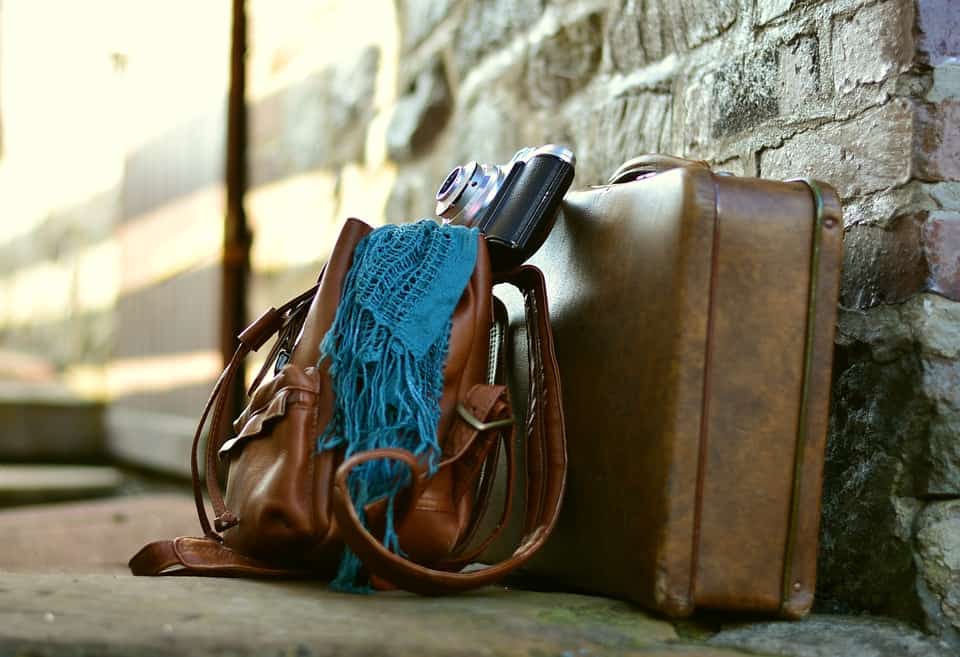
Outside of knowing the entry and immunization requirements, there is no pre-travel task more important than packing. Don’t worry, I am here to make sure you are packed and prepared for your trip. I have included links to my packing resources in my Madrid, Spain travel guide below for you to review.
| READ MORE: | |
 | |
| The Ultimate Travel Packing Check List | |
| READ MORE: | |
 | |
| The Essential Carry-On Checklist |
Top Things to See and Do in Madrid, Spain

It is said that the city of Madrid is a “city of students” because it is one of the most popular study-abroad destinations in the world. It is no coincidence that students are lining up to study in Madrid because the city is full of fun and amazing things to see and do.
Whether you are into history and culture, outdoor activities, exploring new cuisines, or just enjoy exploring one of Europe’s most exciting cities, there is something for everyone to enjoy in Madrid. If you are planning a trip to Madrid and are looking for some things to see to fill out your itinerary, I have included a list of my favorite things to see in Madrid for you to review in my Madrid, Spain travel guide below.

Royal Palace (Palacio Real)
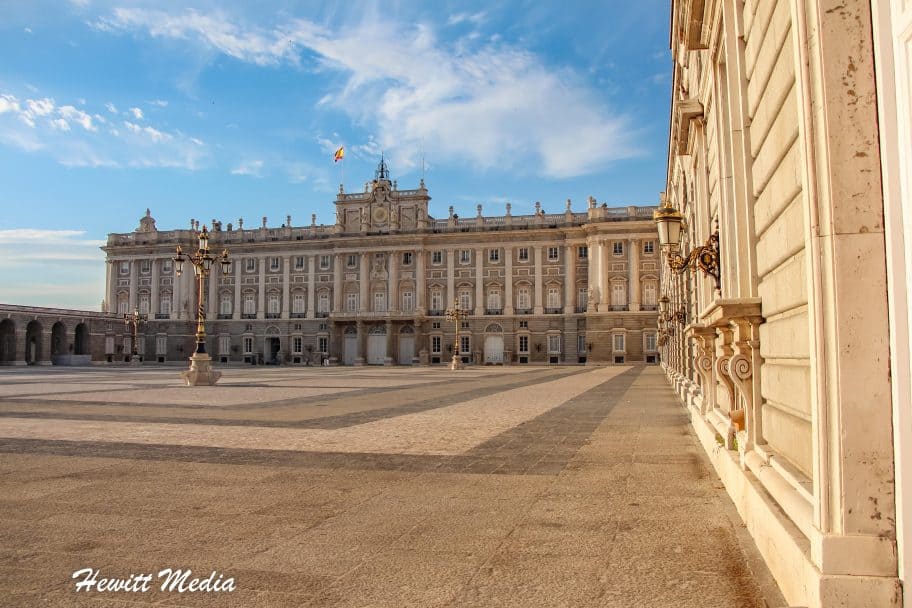
Of all the places I outline in my Madrid, Spain Travel Guide, the Royal Palace is probably my favorite. Although Alfonso XIII was the last King to live in the Royal Palace of Madrid, this beautiful palace (and its original) has been attracting visitors to Spain for over a Millennium. The palace was originally built by Muhammad I between 860 and 880 when the Moors controlled Spain. When Henry III of Castile took control, he added several towers to the palace, and it has been slowly refined ever since.
While King Felipe VI and the royal family do not reside in the palace today, the palace is still one of the largest royal palaces in the world and one of Madrid’s most popular tourist attractions. Believe me, with its 870 windows, 240 balconies, and 3,418 rooms that take up roughly 1,450,000 sq. ft. of floor space, the palace is really hard to miss. If you have the time, I would definitely recommend taking a tour of the palace. There are exquisitely decorated rooms that will blow your mind, with some looking exactly like they did hundreds of years ago.
Plaza Mayor
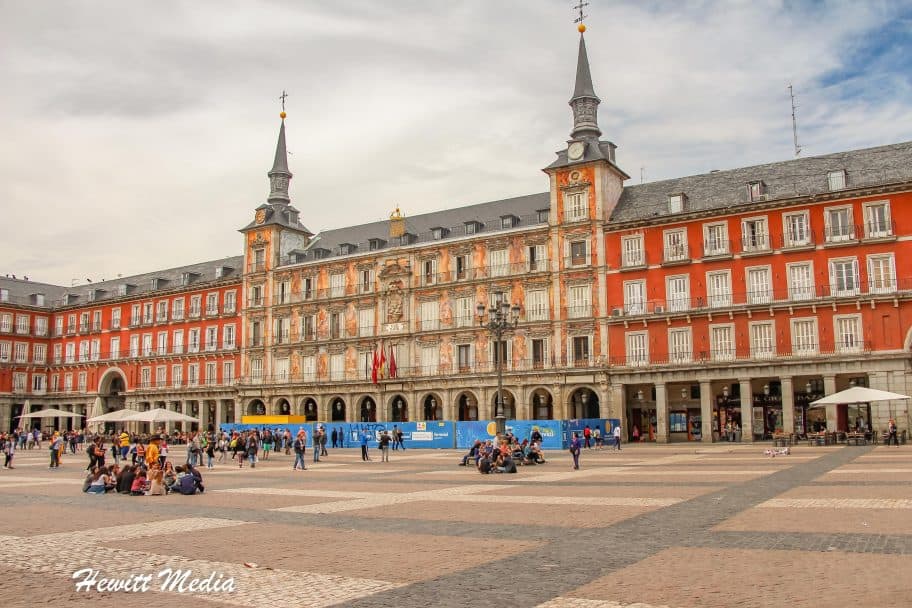
Originally called the “Plaza del Arrabal”, the name was eventually changed to Plaza Mayor, which is translated to mean “oldest square”. Throughout its history, the plaza has hosted markets, performances, festivals, celebrations, sporting events, and even live bullfights. The Plaza Mayor that you see today is actually relatively new.
After devastating fires in the late 18th Century, the famed Spanish architect Juan de Villanueva was commissioned to rebuild the square and designed much of what you see in the square today. This included the beautiful buildings that surround the cobblestone square on all sides. In these buildings, with their beautiful window balconies, you will find some of the most expensive residential real estate in all of Madrid.
Among the notable features in the square is a statue of King Felipe III on horseback. Constructed in 1616, the statue was moved from Casa de Campo Park to the center of the Plaza Mayor in 1848 by Queen Isabel II. The square is also home to the infamous Casa de la Panadería (Bakery House).
Although bread is no longer baked there, this beautiful building on the north end of the square is now a municipal building. In addition to enjoying the stunning architecture around the square, Plaza Mayor is also a great place to shop, grab a bite to eat, or just sit back and people-watch.
Retiro Park (Parque del Buen Retiro)
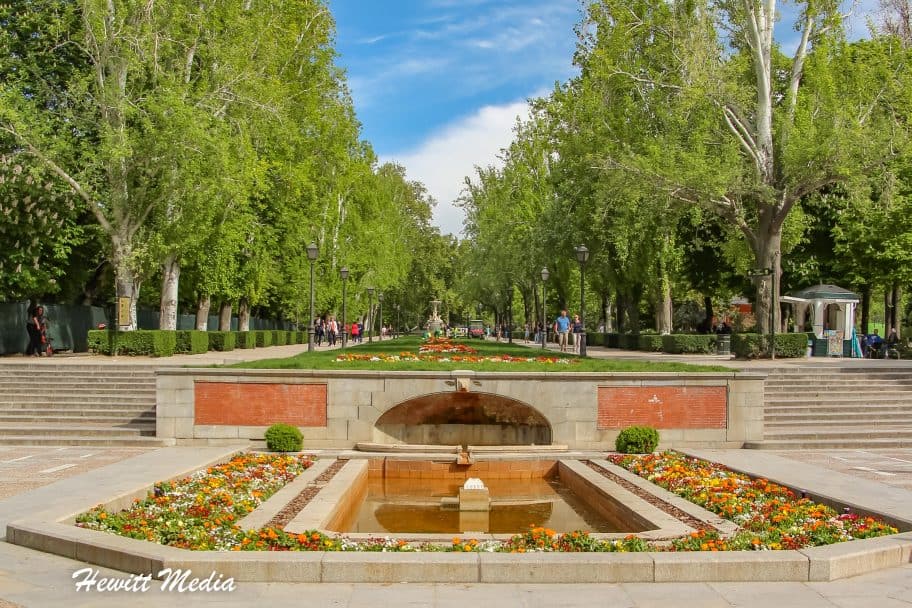
While the city of Madrid is well known for its beautiful, old buildings and breathtaking architecture, the city also has its fair share of stunning green spaces for visitors to enjoy. One of the most famous of these green spaces is undoubtedly Parque del Buen Retiro, or “El Retiro” as it is known locally. The name of the park loosely translates to mean “Park of the Good Retreat”, and it is exactly that. I cannot think of a better place to recommend if you are looking for a break from the crowded tourist attractions and want to just slow things down and enjoy a beautiful day in the city.
While El Retiro isn’t Madrid’s largest park (that distinction goes to Casa de Campo on the west side of the city), it is still a very large park. During the weekdays, the park is fairly quiet and you can enjoy a relaxing stroll along the park’s many walking paths. However, on the weekend the park is more alive with activity as many people venture to the park to enjoy the nice weather. If you get hungry, there are even several small cafes inside the park that you can visit for a snack. Whatever reason you have for deciding to visit the park, you are certain to enjoy the beautiful views and the tranquility.
Gateway to the Sun (Puerta del Sol)
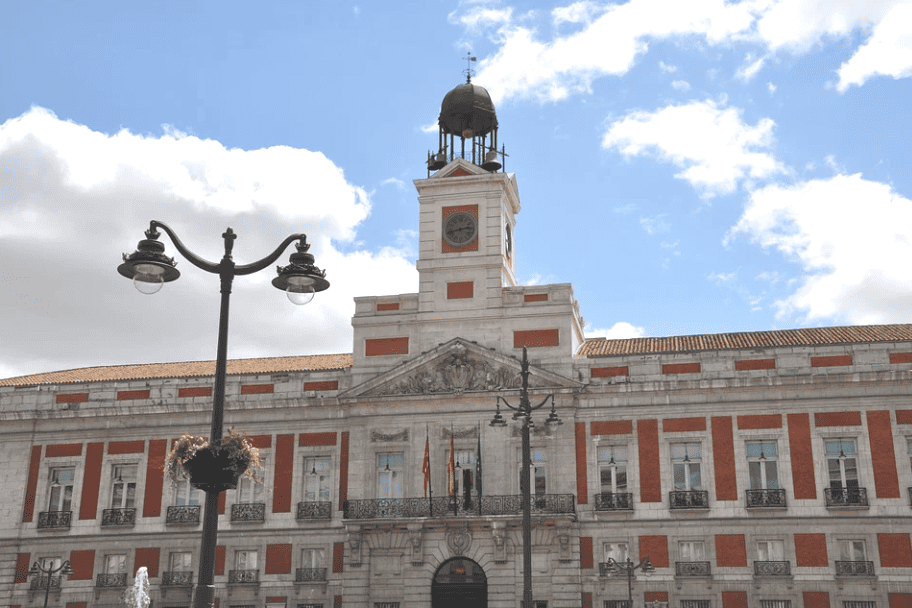
If you are a traveler who likes to be in the middle of the action when you are on a trip, then Puerta del Sol is a spot in Madrid that you absolutely will not want to miss. Translated to mean “Gate of the Sun”, the Puerta del Sol is one of the most action-packed spots in Madrid. In addition to being one of the busiest spots in Madrid, Puerta del Sol is also the central hub of the city. It is the radial center for most of the major roads that extend out through the city and it is the location of the kilometer zero, with a plaque situated in the tiled floor of the square.
Many travelers like to visit the square just to people watch, but you are also able to see several prominent buildings and landmarks near the square as well. The Plaza Mayor, Palacio Real, and the museum district are all just a short walk from Puerta del Sol. One of my favorite landmarks in the square is the Bear and the Berry Tree, known as “El Oso y El Madroño” locally, which is a popular meeting spot for tour groups. No trip to Madrid is complete without a visit to Puerta del Sol.
Basilica of San Francisco El Grande
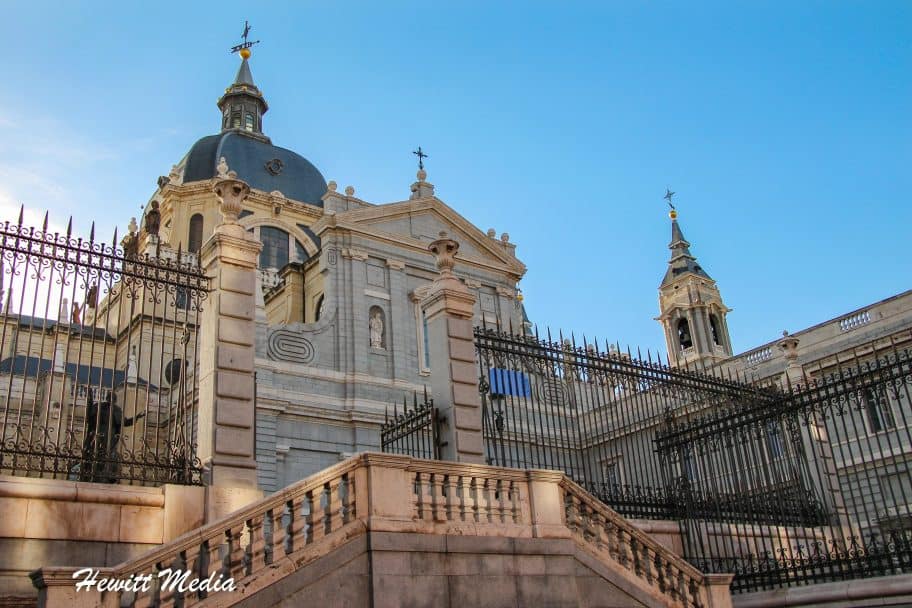
As one of Spain’s most beautiful and historical churches, the Basilica of San Francisco El Grande is one of Madrid’s can’t-miss tourist spots. In case you are worried about missing it during your visit, the basilica’s stunning frescoed dome is really hard to miss. Located near the Palacio Real, this stretch of Madrid is one of the most important historical areas of the city. In this area, you will find a number of the other can’t-miss spots that I highlight in my Madrid, Spain Travel Guide.
As for the church, the legend has it that St. Francis of Assisi built a chapel on the site of the church back in 1217. This would make this spot one of the oldest and most important spots in Spain for the Catholic church. If you are interested in seeing the church, visitation inside is free during mass times, though there is no access to the museum. During all other times, there is a small admission fee to get in and tour the church and museum.
Mercado San Miguel
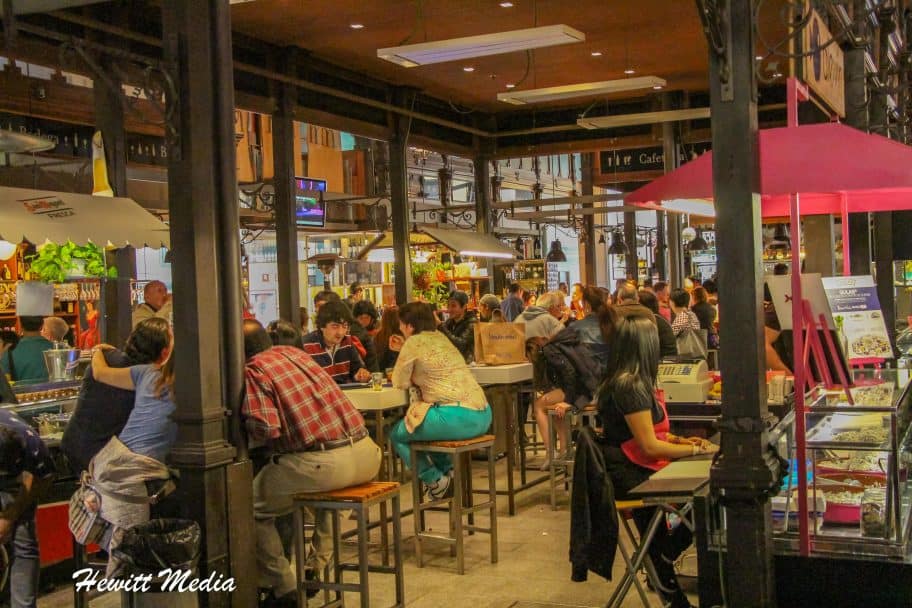
When I traveled throughout Spain several years back, I made it a point to visit the markets in the cities that I visited. I am a firm believer that visiting the markets and seeing what people eat and how they socialize while shopping and eating together is a great way to learn about the local culture.
One of my favorite markets that I visited while in Spain was the Mercado San Miguel in Madrid. In addition to having a simply astounding selection of amazing local meats, seafood, produce, and other ingredients, there are also many stands where you can buy and taste an amazing selection of local foods. If you are in the mood to browse and taste what is good to eat locally, then you won’t want to miss out on visiting this market!
Plaza de Cibeles
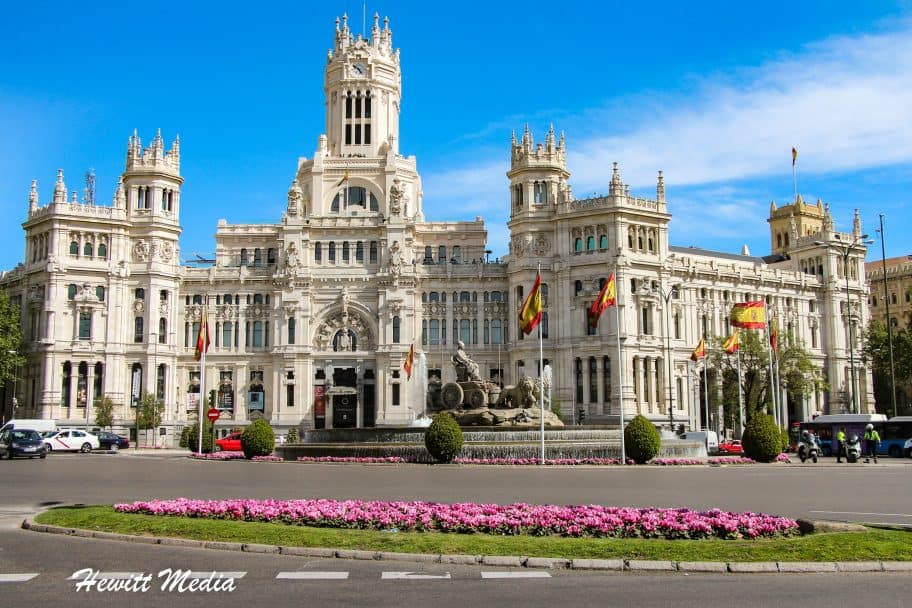
While the Plaza de Cibeles may not be the busiest or most famous in the city of Madrid, it very well could be the most beautiful. With its breathtaking marble sculptures and magnificent fountains, the plaza has become one of the most recognizable landmarks in Madrid. In addition to the sculptures and fountains, you will find the Bank of Spain building, the Palacio de Buenavista, the Palace of Linares, and the Cybele Palace within this beautiful plaza.
The plaza sits at the intersection of Calle de Alcalá (which runs from east to west), Paseo de Recoletos (which runs to the north), and Paseo del Prado (which runs to the south). With a central location that is easy to access, there really is no excuse for not adding this amazing place to your itinerary while in Madrid.
Plaza de Independencia
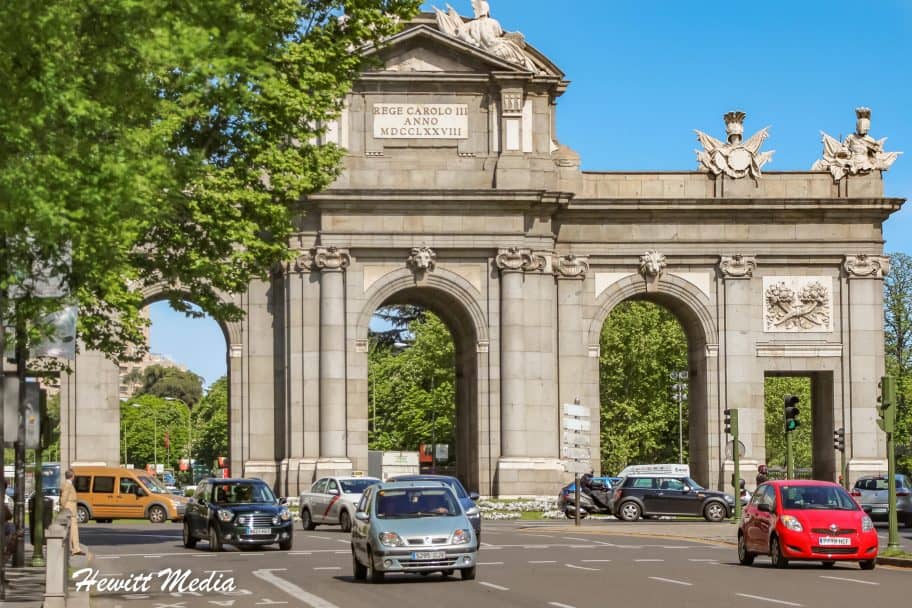
Another plaza in Madrid that is worthwhile exploring when you visit is the Plaza de la Independencia, or Independence Square as it translates to mean. This important historical square sits at the intersection of Calle de Alcalá (which runs from east to west), Calle de Alfonso XII (which runs to the south), Calle de Serrano (which heads to the north), Calle de Salustiano Olozaga (which goes to the northwest), and the Paseo de Mexico (which heads into Retiro Park to the southeast).
The square, which was designed by architect Francesco Sabatini, was originally opened in 1778 but has undergone redesigns since then. The current version of the square dates back to 1869, during the expansion of Madrid. The centerpiece of the square is the majestic Puerta de Alcalá, an 18th-century gate that has become an important symbol of Madrid.
Gran Vía
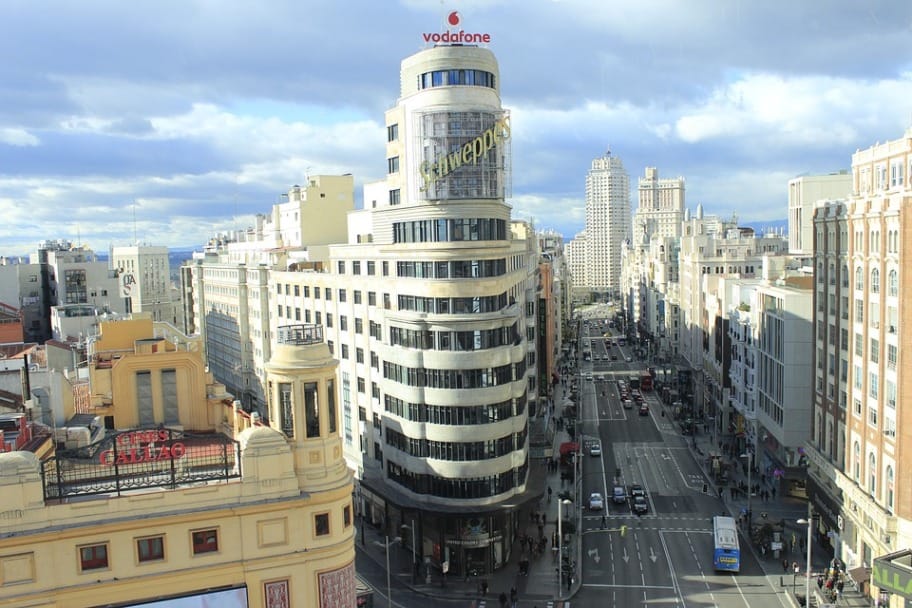
If you are looking for some excitement during your stay in Madrid, then one spot you will want to make sure to include on your itinerary is the Gran Vía in the center of the city. It runs from Calle de Alcalá, passed the Plaza de Cibeles, to the Plaza de España. Often compared to Broadway in New York City, the Gran Vía is the heartbeat of Spain’s capital city. Among other fun things to do in the area, you will find plenty of theaters, restaurants, bars, cinemas, and beautiful architecture to enjoy.
The Prado Museum

One thing that the city of Madrid is definitely not short of is amazing museums for visitors to explore. In fact, three of the city’s museums are so famous that they are said to comprise the “Golden Triangle of Art” within the city of Madrid. These museums include the Reina Sofía Museum, which showcases 20th-century modern art, the Thyssen-Bornemisza Museum, which displays historical through contemporary art, and the Prado Museum (otherwise known as the Museo del Prado), which is world-renown for its collection of pre-20th century art.
The Museo del Prado has the largest collection of Spanish art in Spain and has especially impressive collections of Renaissance and Baroque art. The museum was designed in 1785 by the famous architect Juan de Villanueva and opened to the public back in 1819. Ever since then, it has been captivating the imagination of art-loving travelers who visit Madrid.
How to Get to Madrid, Spain
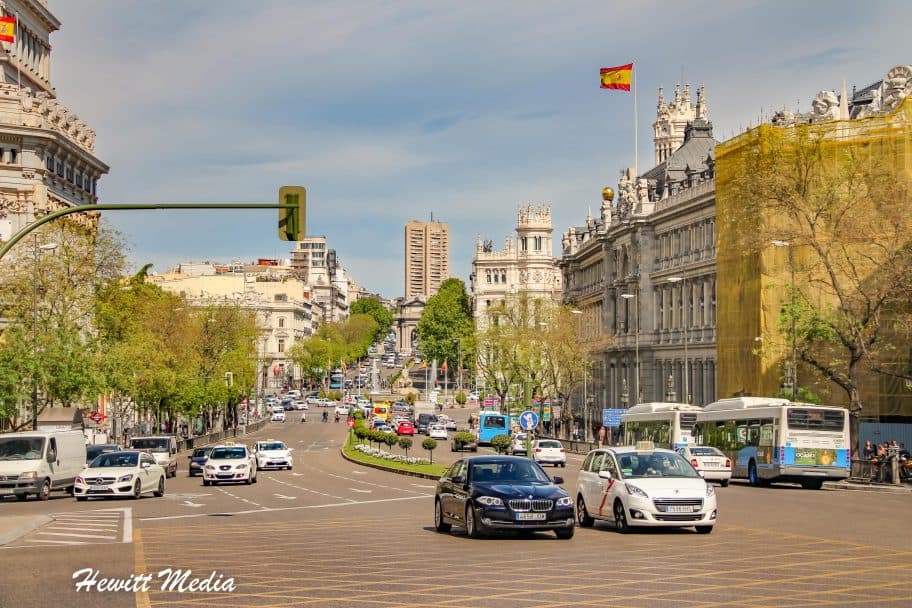
If you are visiting Madrid from outside of Spain, there are several ways that you can get there. For those visiting from outside of Europe, the easiest way to get to Madrid is to fly into the Madrid-Barajas Adolfo Suárez Airport (MAD). If you are visiting from elsewhere in Europe and have the time, an attractive alternative to flying into Madrid would be to take the rail system.
The rail system in Europe is quite advanced, and the rail system within Spain is no exception. In fact, taking the train can save you time versus driving if you are heading to Madrid from other locations within Spain as well. If you are traveling to Madrid from another location within Spain and would like more information on travel times by train and by car, I have included a map in my Madrid, Spain Travel Guide below for you to review.

Best Times to Visit Madrid, Spain
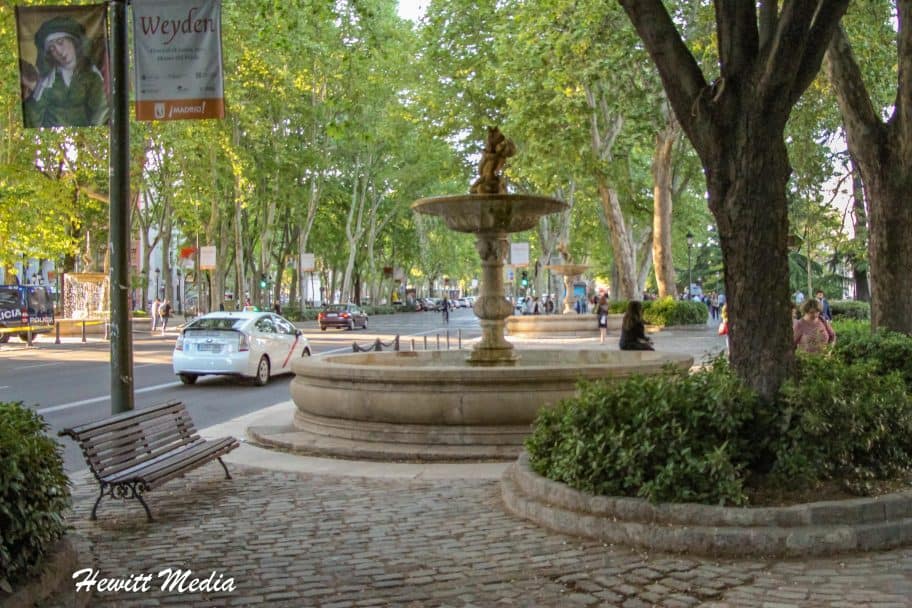
Average Temperature (°F)
With low temperatures that don’t fall much below the upper 40s during the winter, the city of Madrid is a great place to explore year-round. Most of the year the average high temperature ranges between the 50’s and 70’s, but the summer months of June through August can see the temperatures that reach into the 90’s.
So if you are planning on spending a lot of time outdoors and don’t do well in hot temperatures, you might want to take this into consideration. If you are looking for the perfect temperatures for exploring Madrid, they can be found in the shoulder months of the spring and autumn where the temps aren’t so hot during the day and the crowds are typically much smaller.
Average Precipitation (Inches)
The city of Madrid doesn’t get an extraordinary amount of rain throughout the year, but certain months of the year are typically wetter than others. For instance, if you don’t want rain to ruin your day out in the city, then the spring months of April and May and the autumn and winter months of October through December should probably be avoided.
Instead, I would suggest targeting the month of March in the spring, the month of June in early summer, or even the month of September in early autumn. These tend to be the driest months of the year in Madrid.
Where to Stay in Madrid, Spain
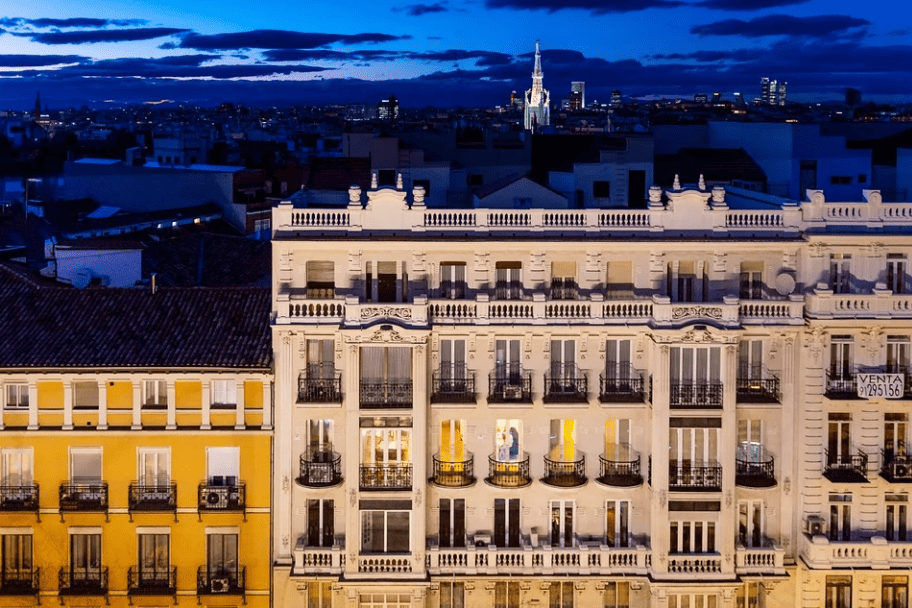
One of the most important decisions you are going to have to make when planning your trip to Madrid is where you will stay. When you travel, the accommodations you choose are oftentimes amongst the biggest expenditures for your trip.
So not only do you need to be comfortable where you are staying, but you also need to be comfortable with how much you are paying to stay there. Finding the right accommodations for your trip involves looking at the amenities, the location, and most importantly, the price.
If you are starting to plan your trip to Madrid and want some hotel and hostel suggestions, I have included some great options at different price points in my Madrid, Spain travel guide below for you to review. As always, don’t be afraid to expand your search to room-sharing sites such as Airbnb or VRBO if you aren’t finding a hotel or hostel that meets your needs.
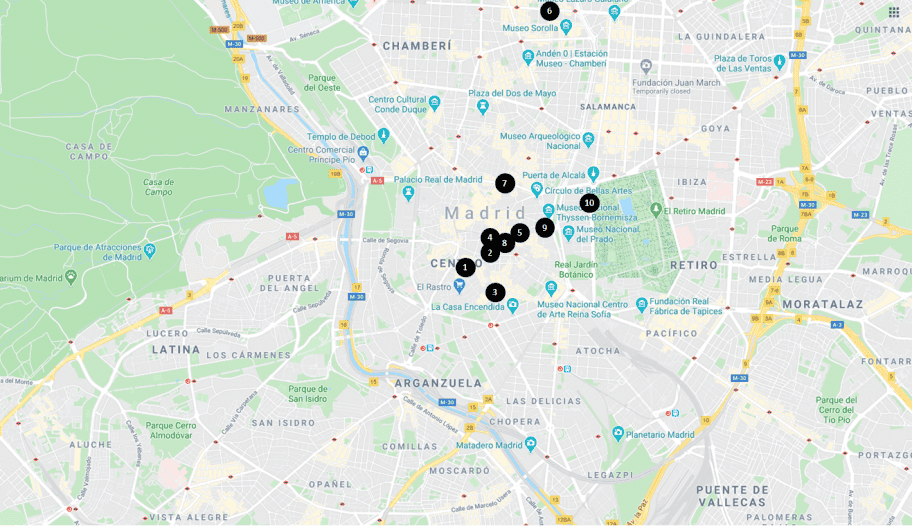
Where to Eat in Madrid, Spain
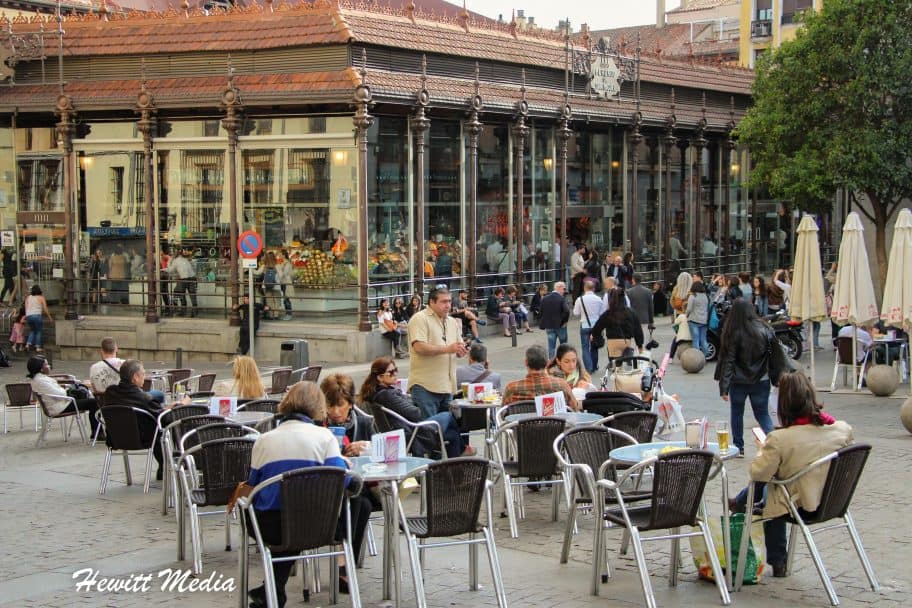
When most people plan a trip, the primary focus is on how to get there, where to stay, and what is on the list of things to see and do. What many travelers neglect to plan, is where to eat when you are there.
Granted, it is sometimes fun to be spontaneous when choosing a restaurant while traveling, and it is always smart to get recommendations when you arrive. However, it can also be advantageous to have some ideas of restaurants you would like to try during your trip written down beforehand as well.
This way you can be assured that you won’t miss out on a highly recommended culinary experience that you will regret. To help you decide on some restaurants in Madrid to add to your list, I have included a list of some highly recommended options for you to review in my Madrid, Spain travel guide below.
| Restaurant | Cuisine | Price |
|---|---|---|
| Cerveceria El Padrón Restaurante | Mediterranean, Spanish | $$-$$$ |
| Los Montes de Galicia | International, Mediterranean, Spanish | $$-$$$ |
| El Mollete | Mediterranean, European, Spanish | $$-$$$ |
| Entre Santos Madrid | Mediterranean, European, Spanish | $$-$$$ |
| Taberna los Delgado | Spanish, Contemporary | $$$$ |
| Cebo | Mediterranean, Spanish, Contemporary | $$$$ |
Recommended Tours in Madrid, Spain
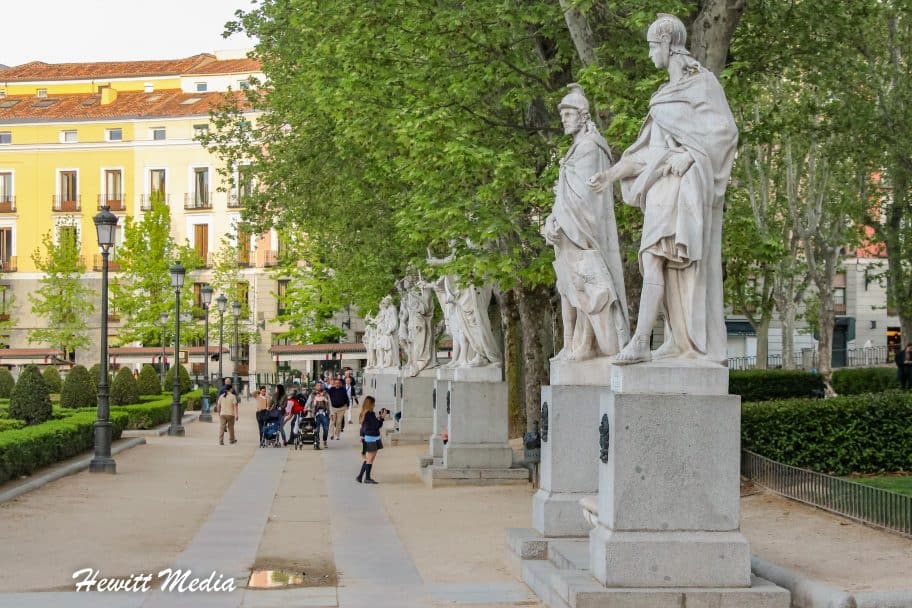
There is an abundance of amazing things to see and do in the Madrid area and one of the best ways to experience those things is on a tour. If you are looking for fun tours and excursions to fill out your trip, I have included some category links to recommended tours and excursions you can review in my Madrid, Spain Travel Guide below.
Recommended Sightseeing Tours in Madrid
Recommended Food and Drink Tours in Madrid
Recommended Entertainment Tours in Madrid
Recommended Day Trips from Madrid
Recommended Airport Transportation in Madrid
Madrid, Spain Photo Gallery
The city of Madrid is an absolutely amazing place to visit if you are a street or travel photographer. There are so many interesting and beautiful things to see and photograph around the city. If you are interested in seeing some of the pictures that I was able to take while touring the city, I have included a gallery for you to review in my Madrid, Spain Travel Guide below.
If you would like to see more of my travel photography, I would also encourage you to give me a follow on Instagram. Putting this blog together to pass on my free guides, itineraries, and travel photography tips is a lot of work and your support in the form of a follow-on Instagram would be so very much appreciated!
FOLLOW ME!
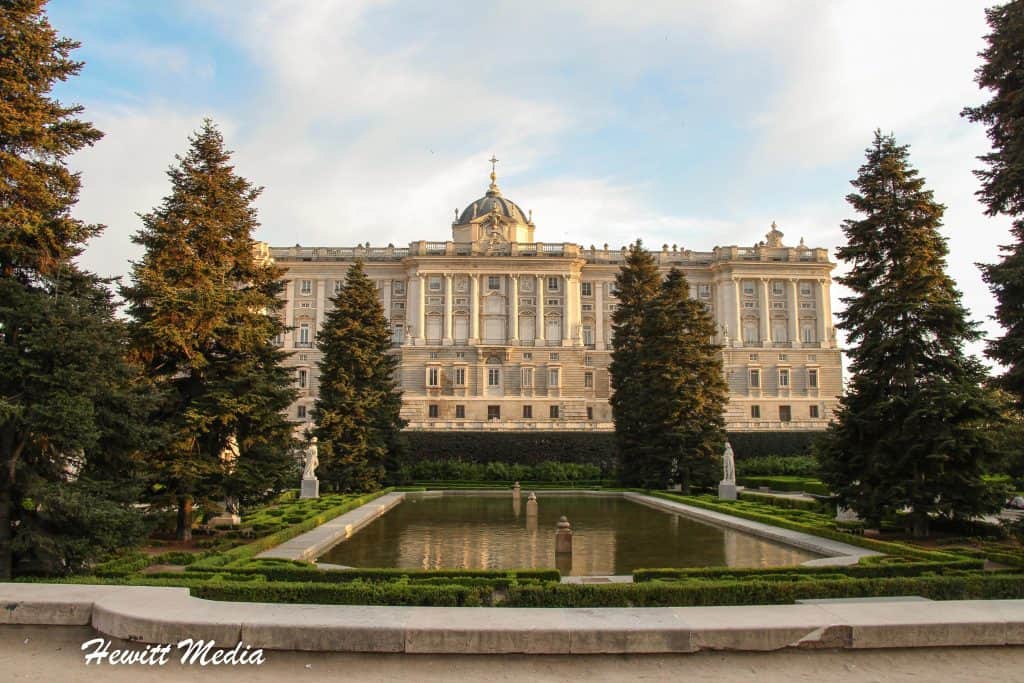
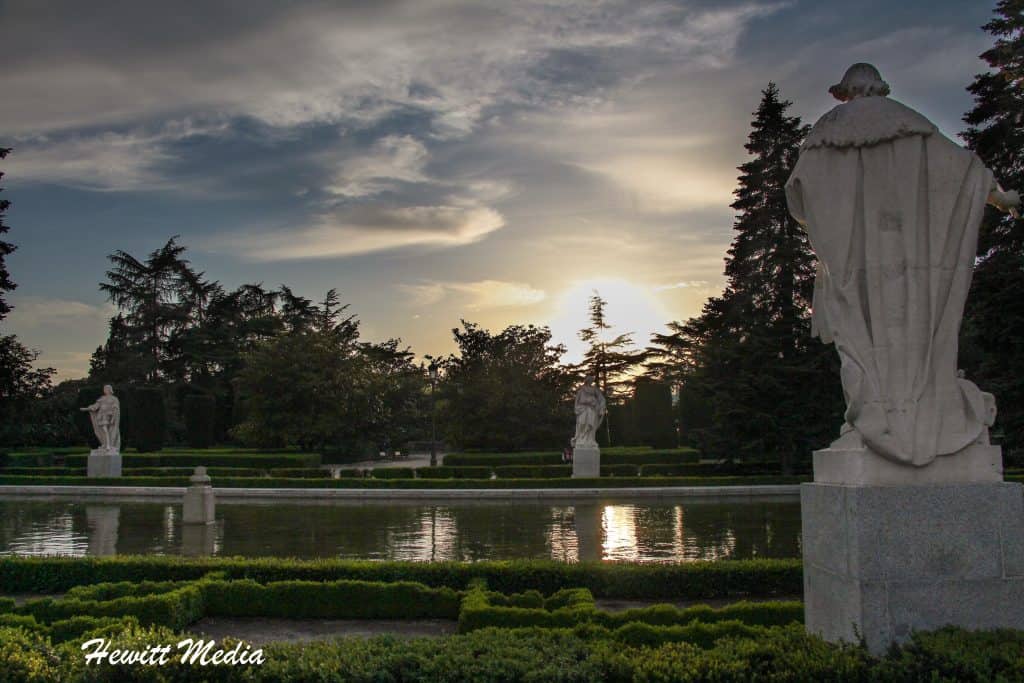
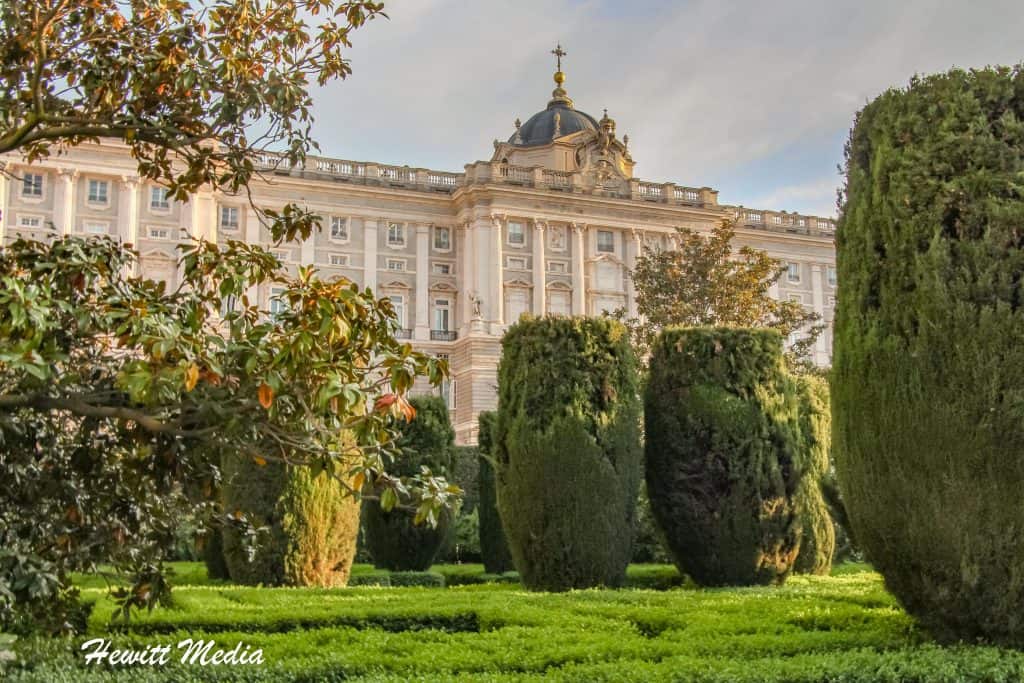
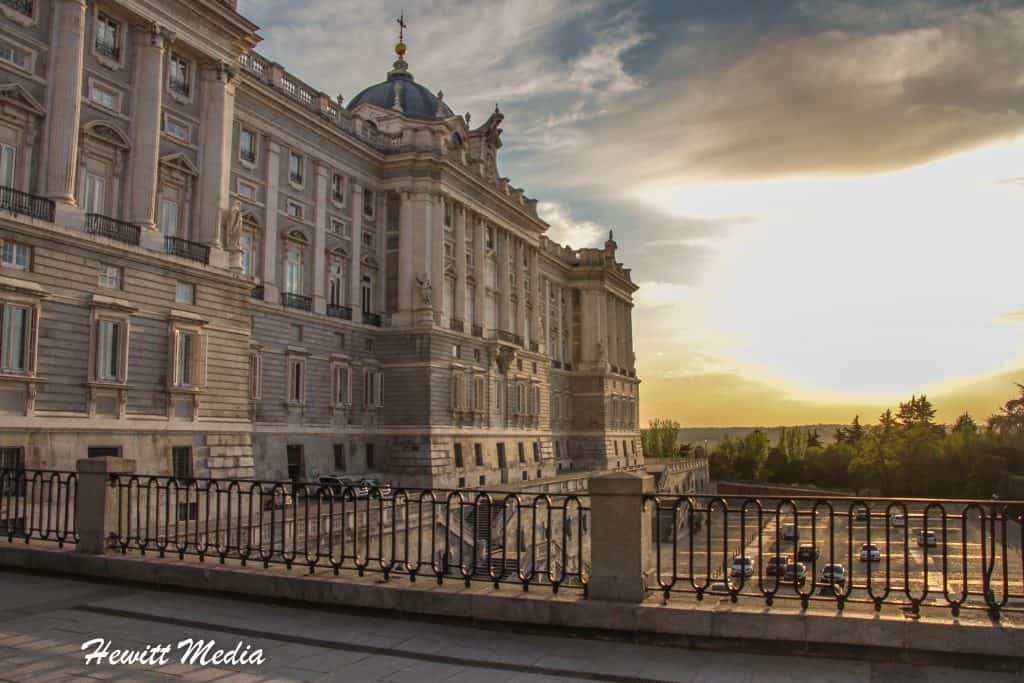
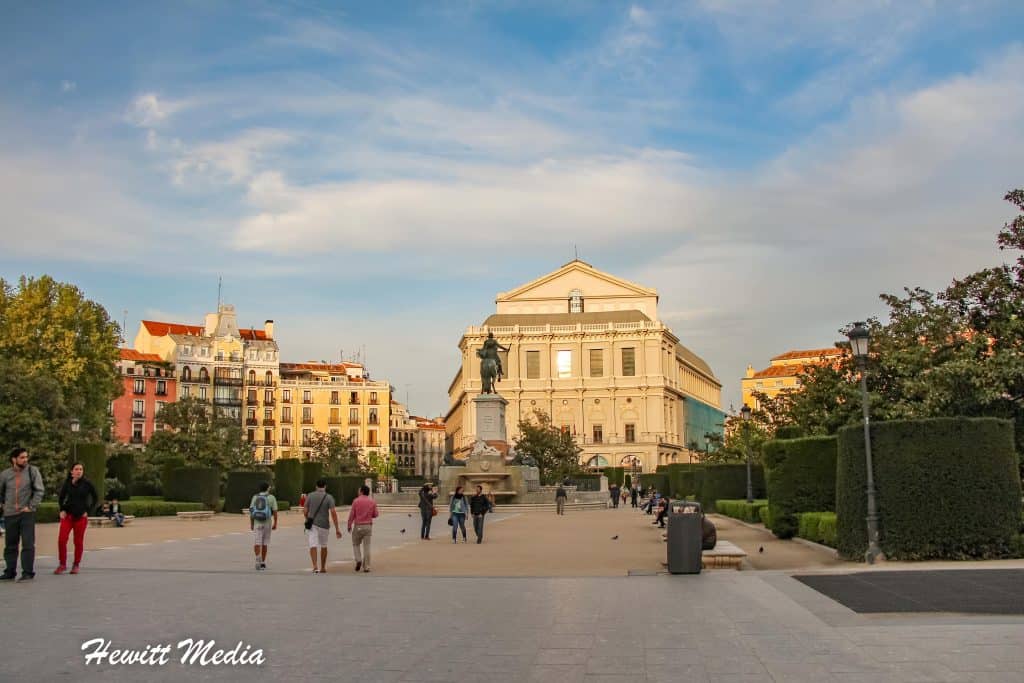
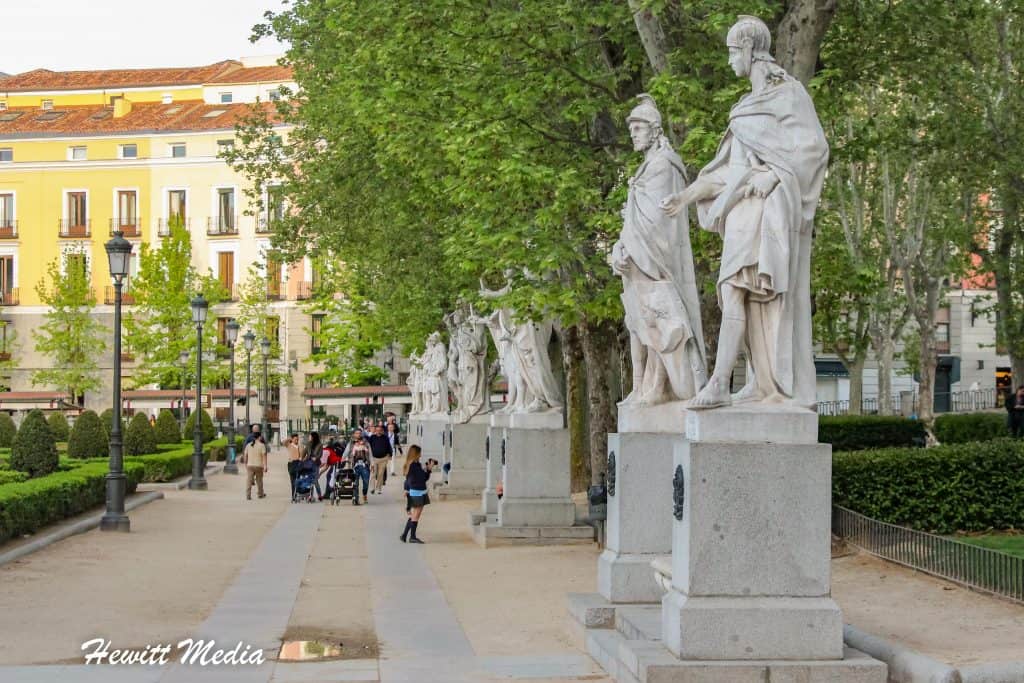
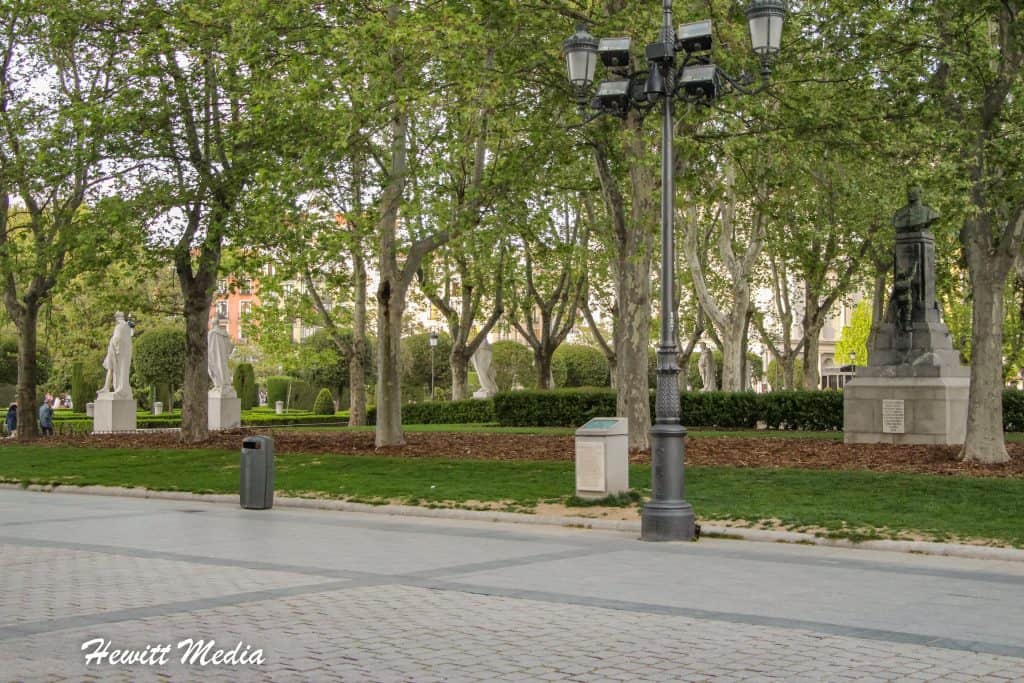
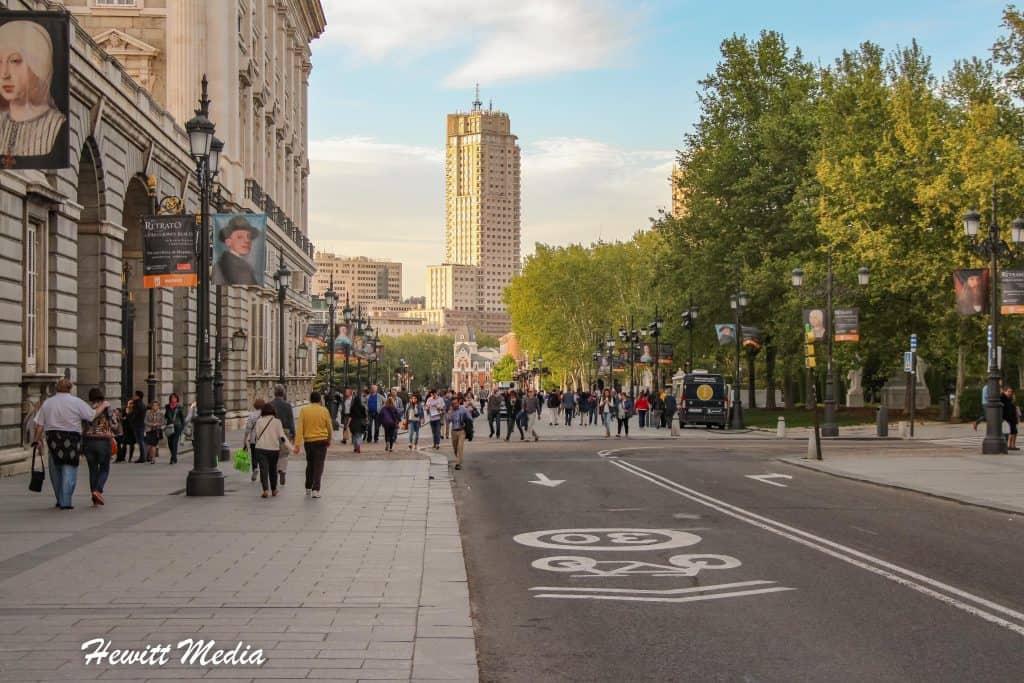
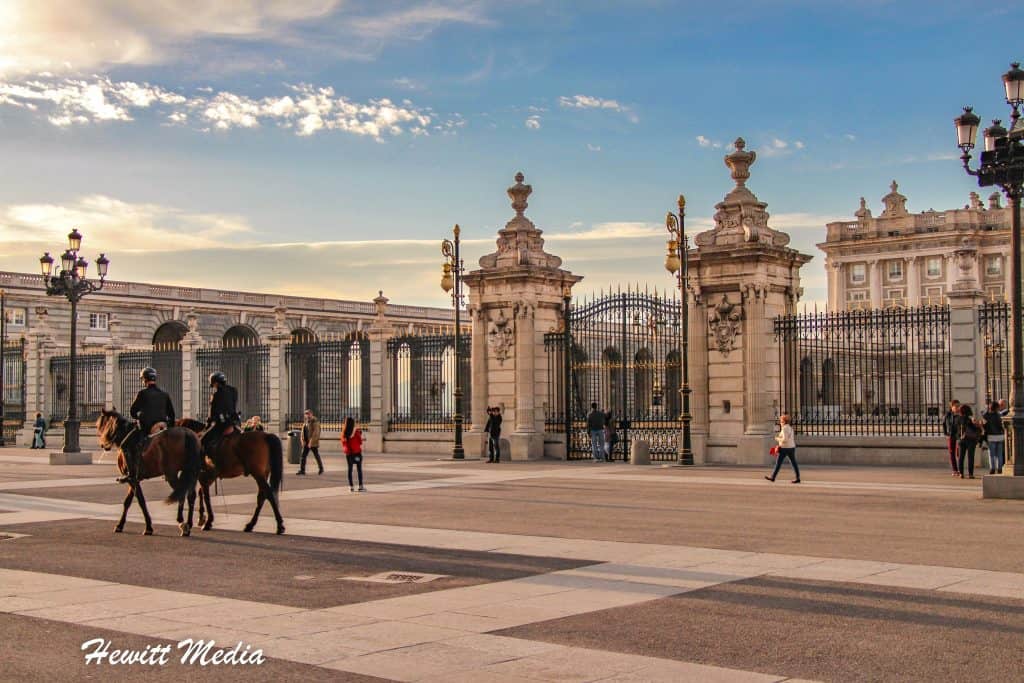
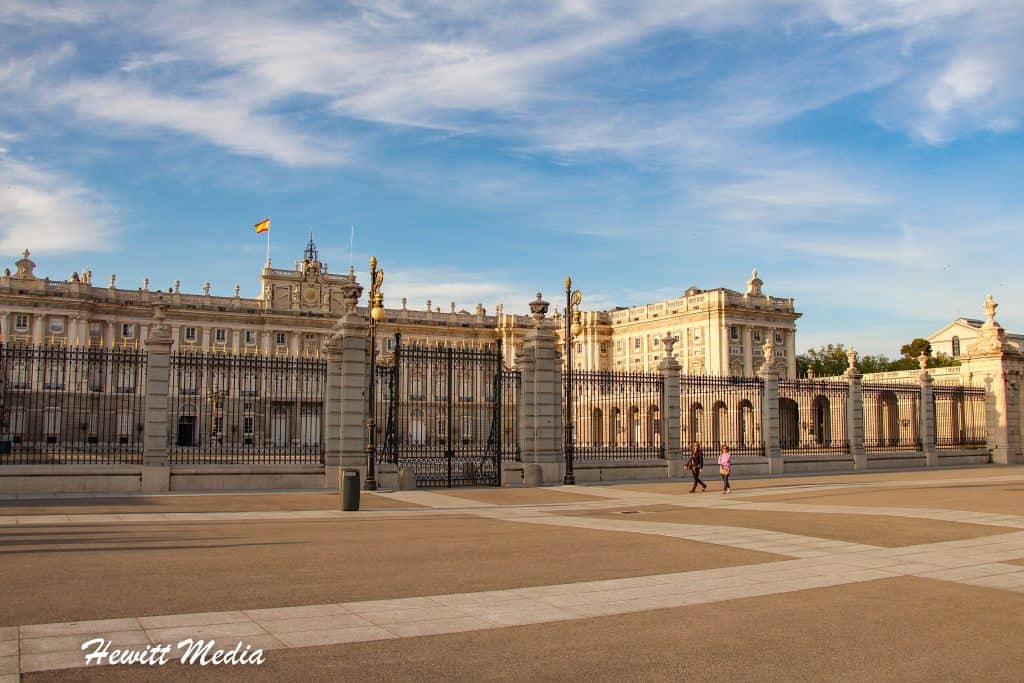


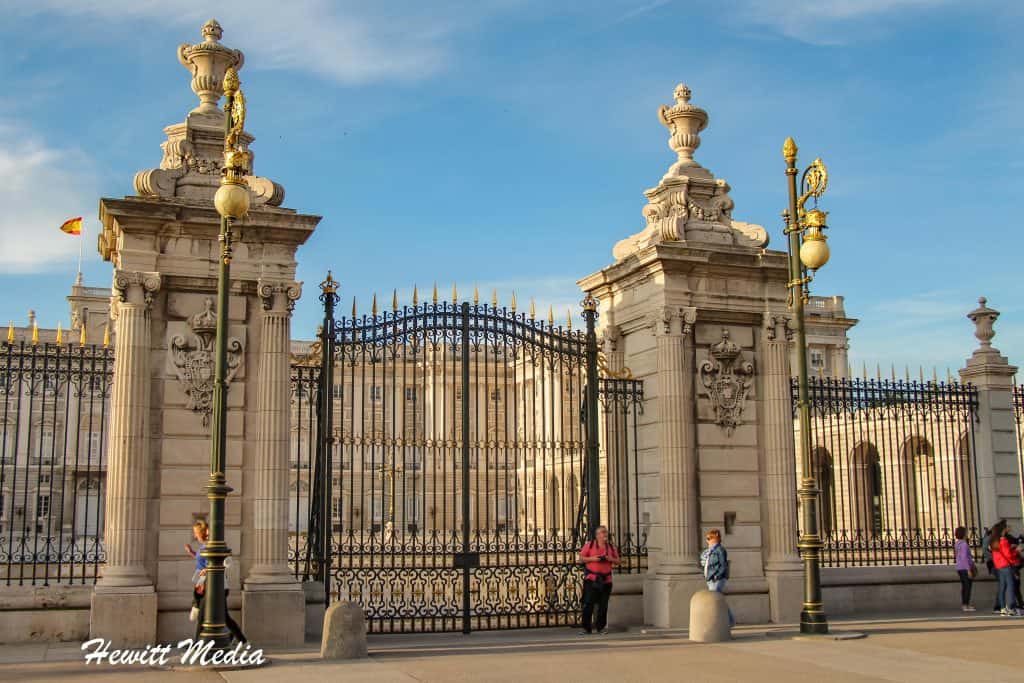
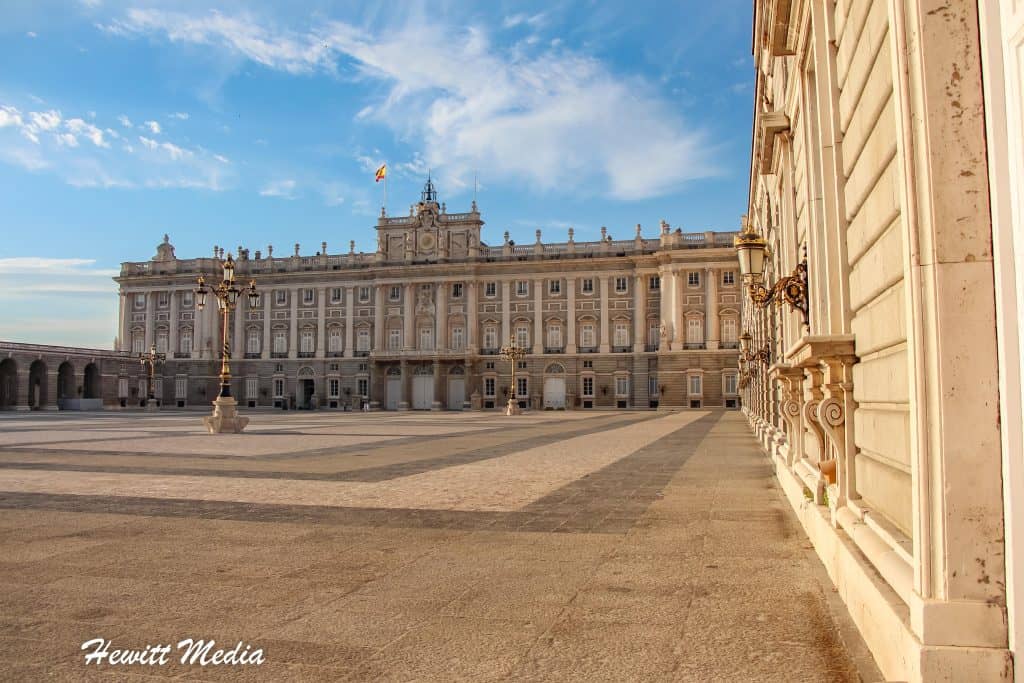
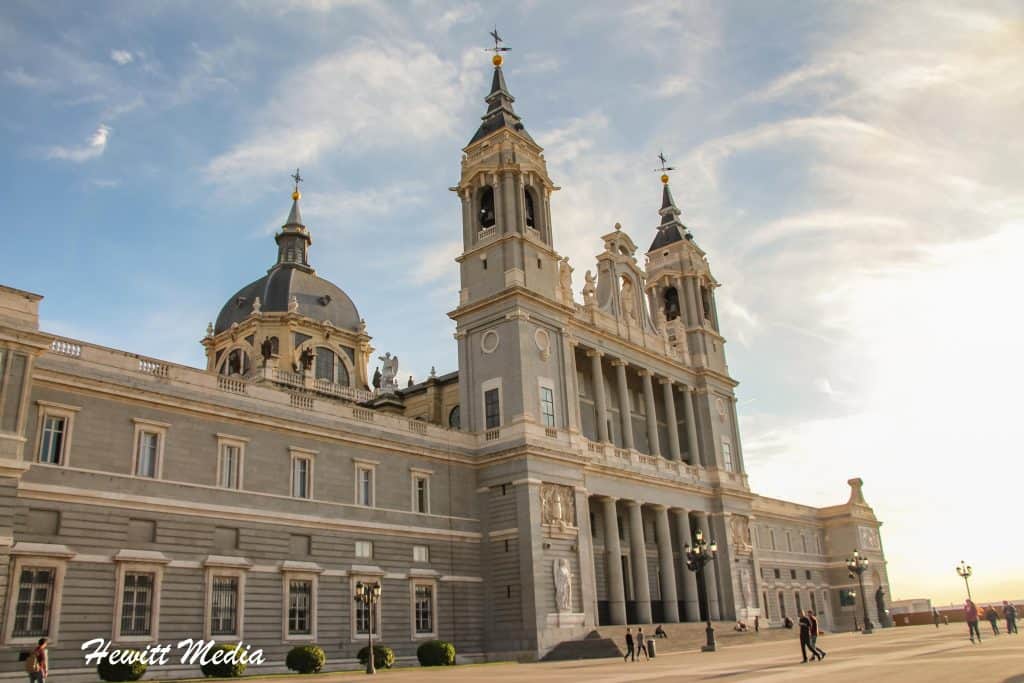
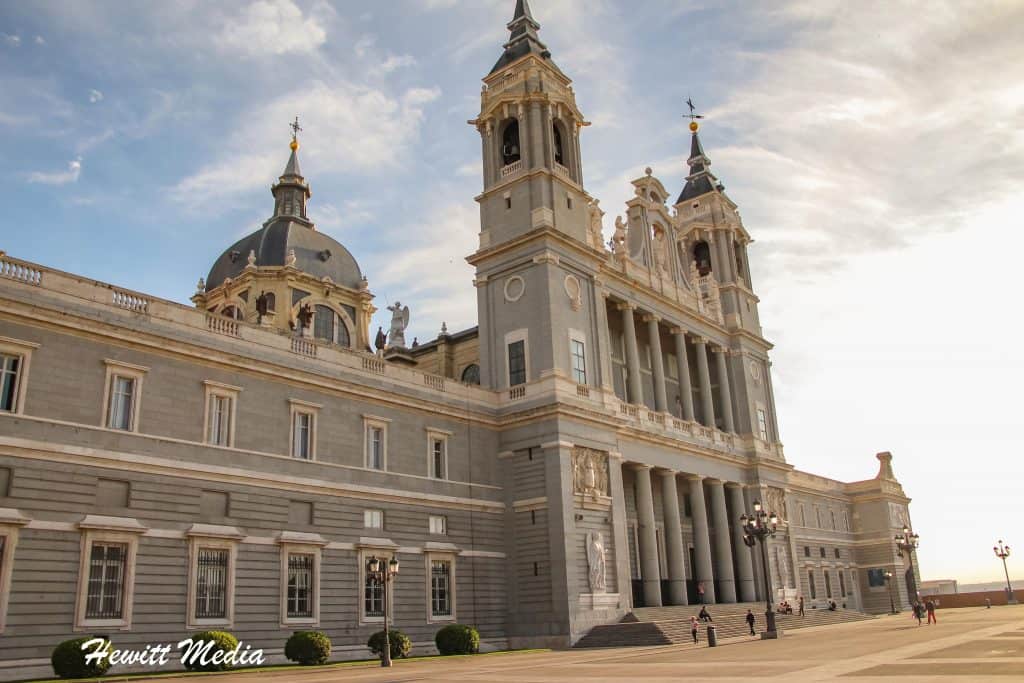

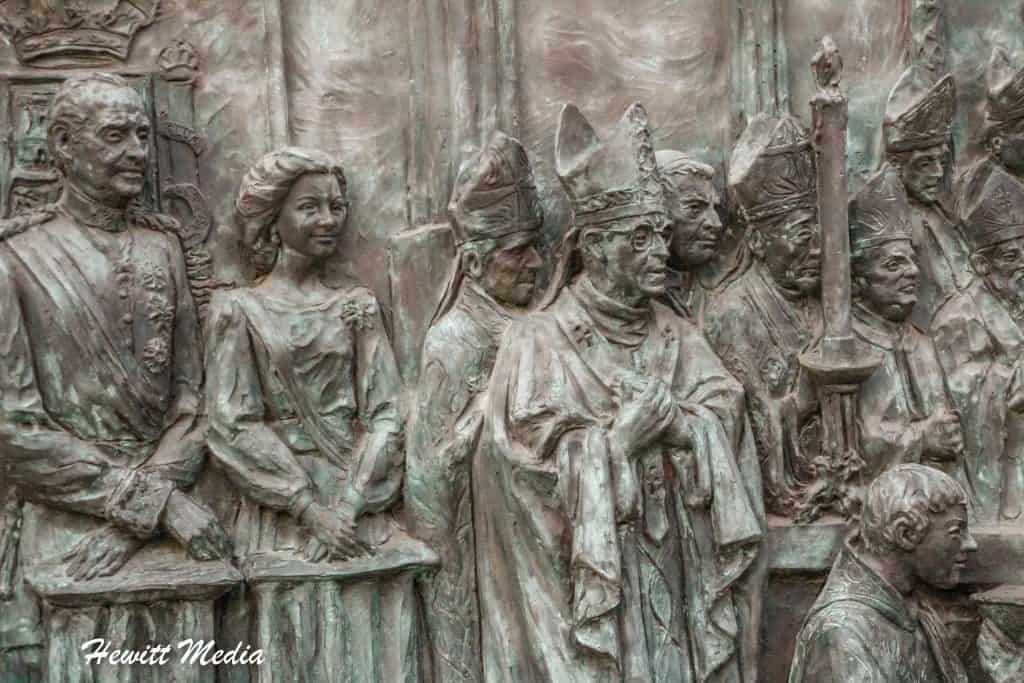
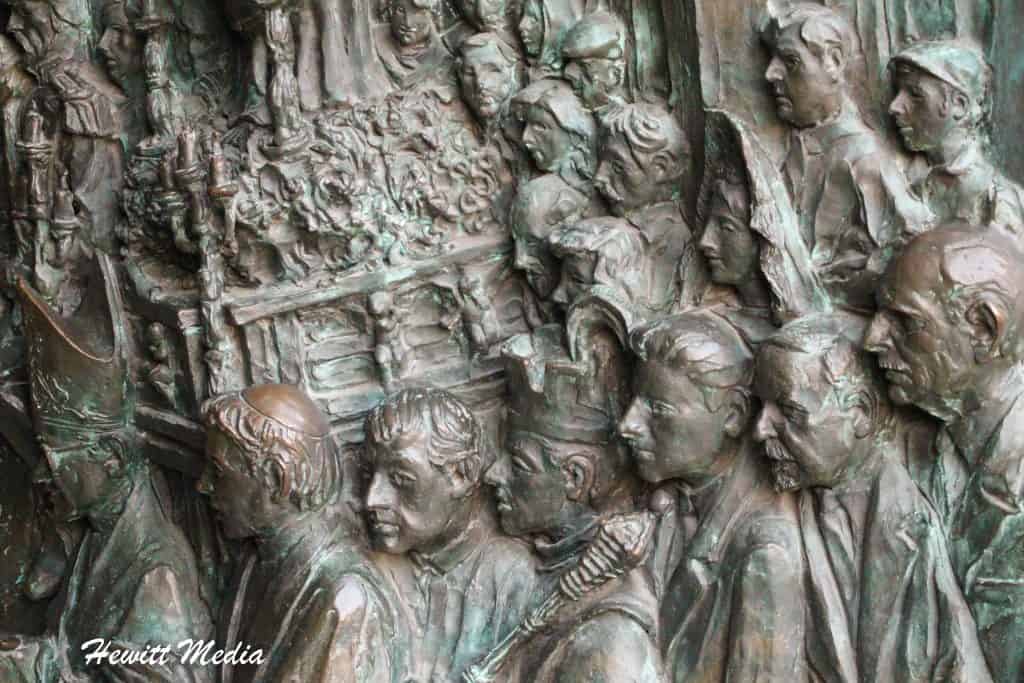

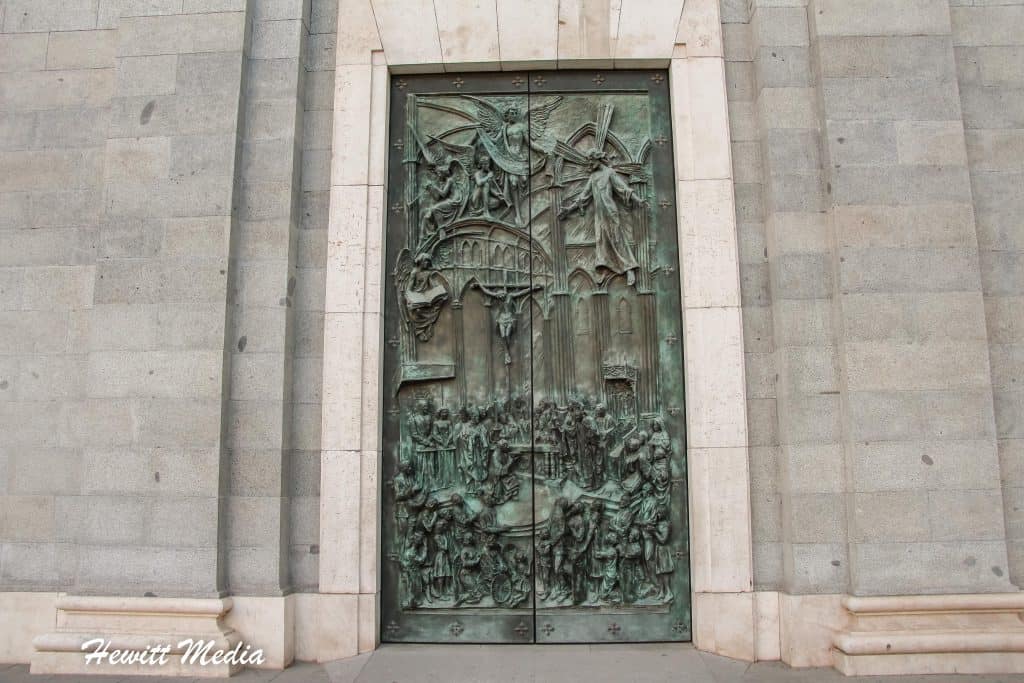

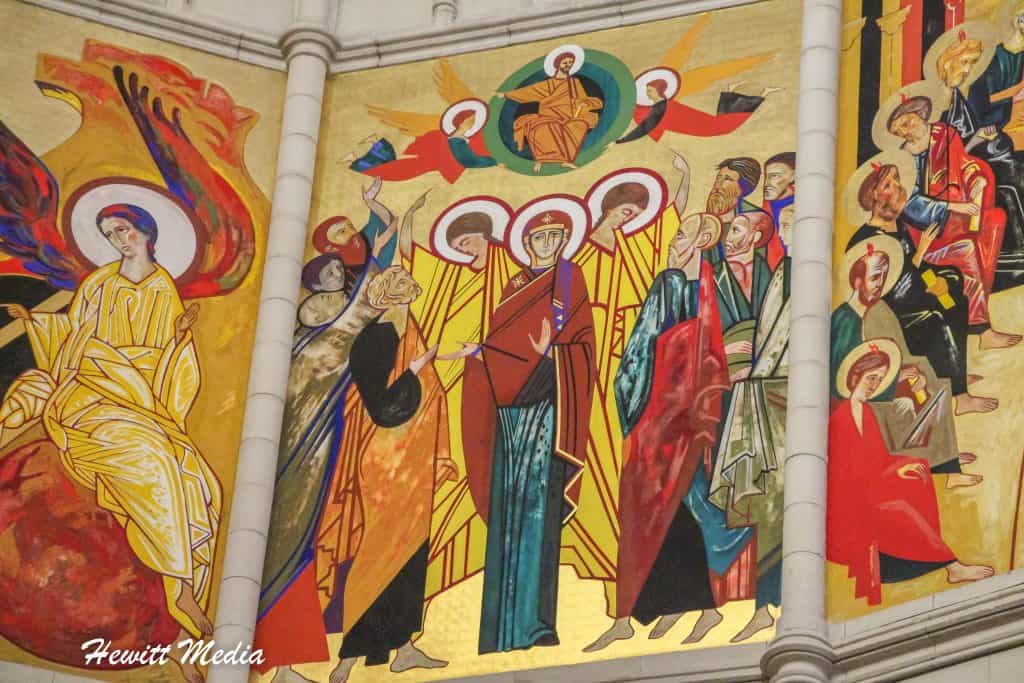
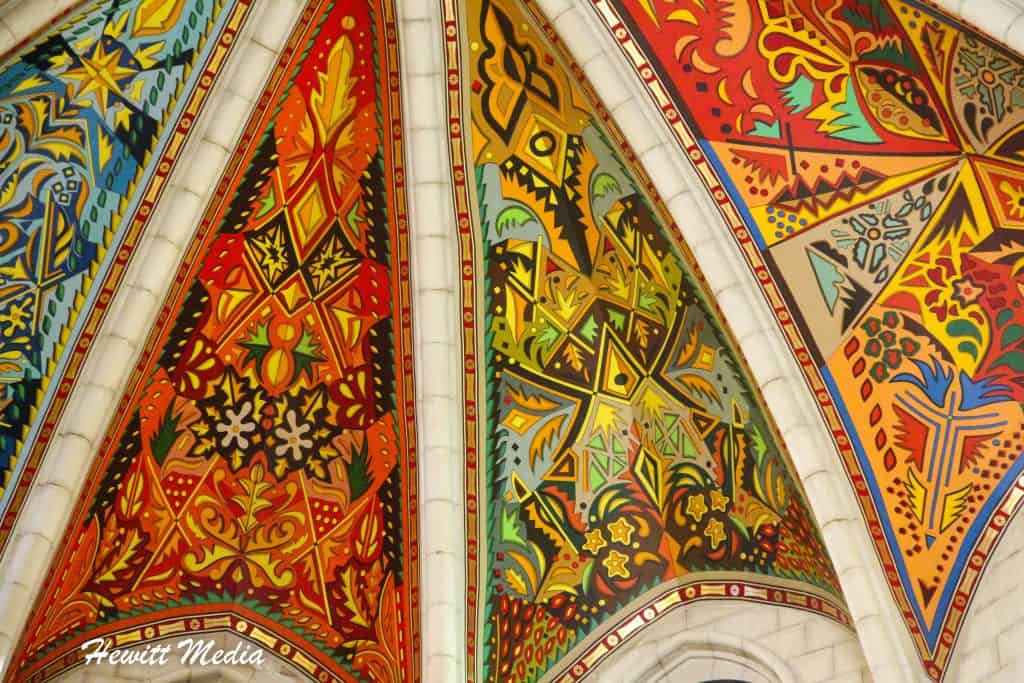
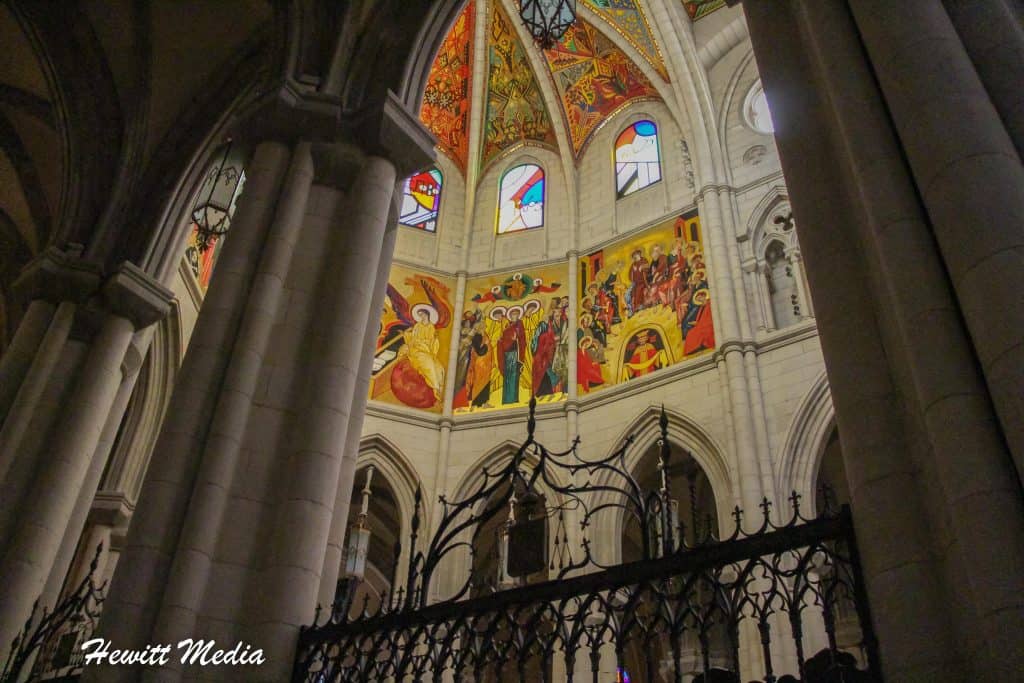


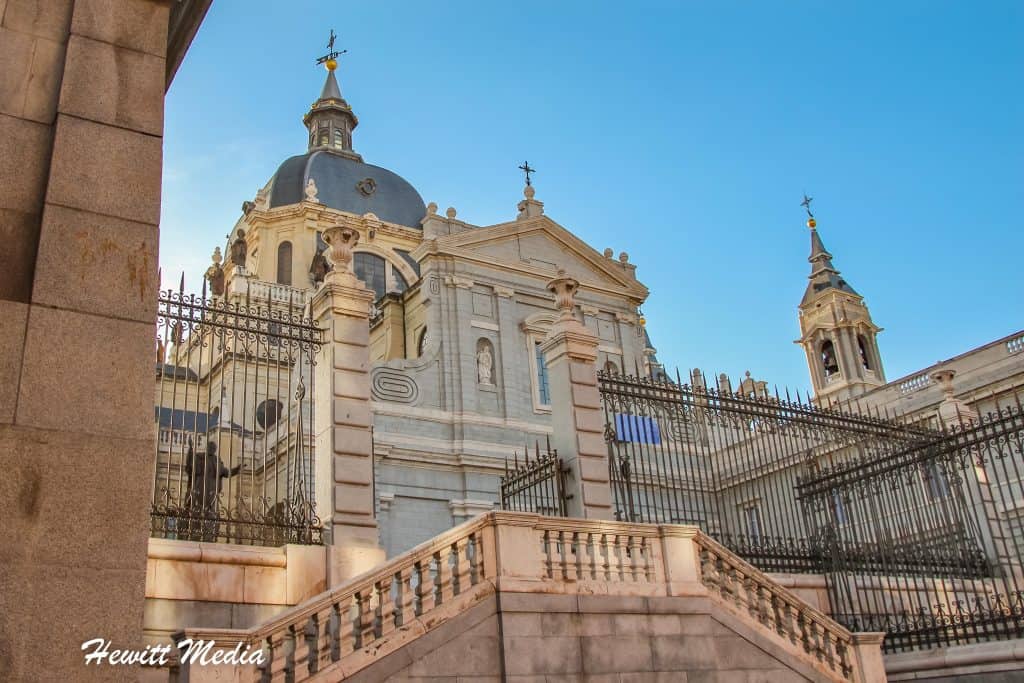
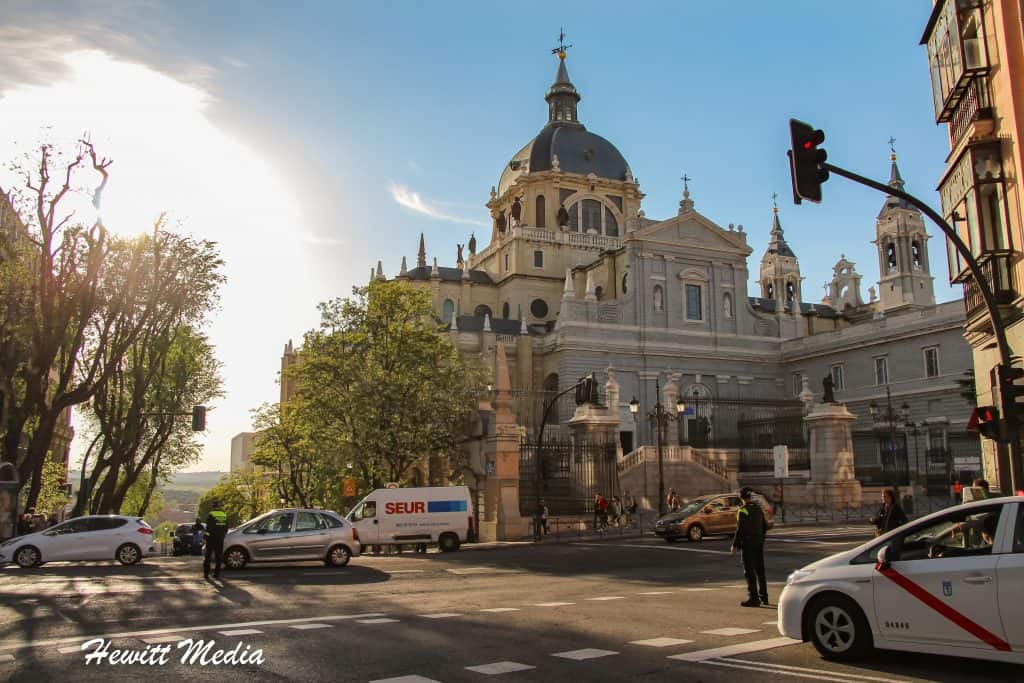
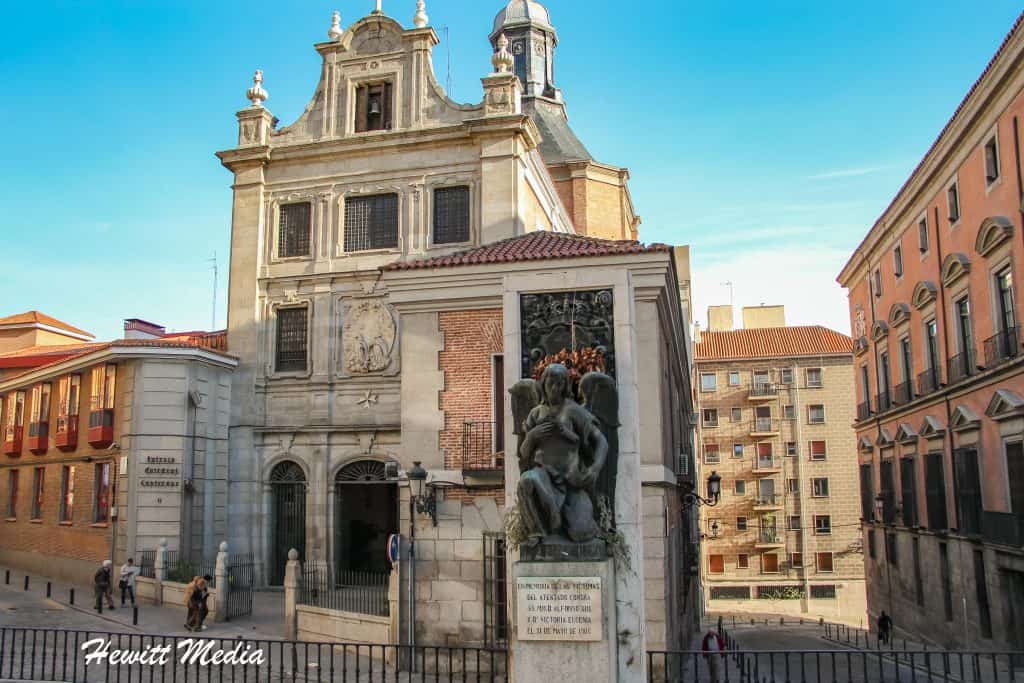
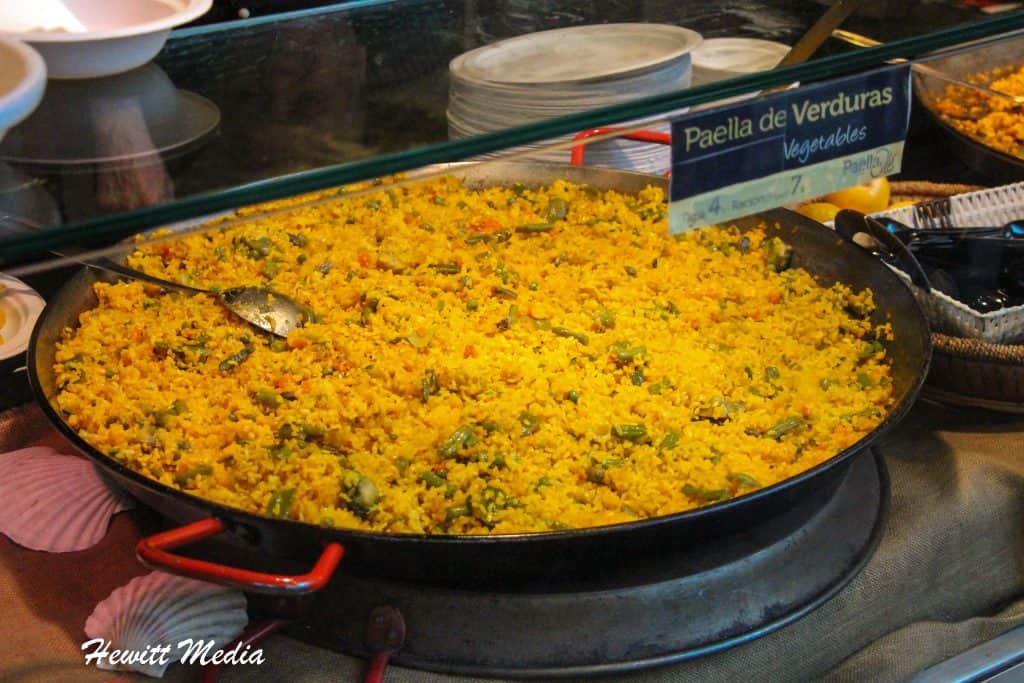

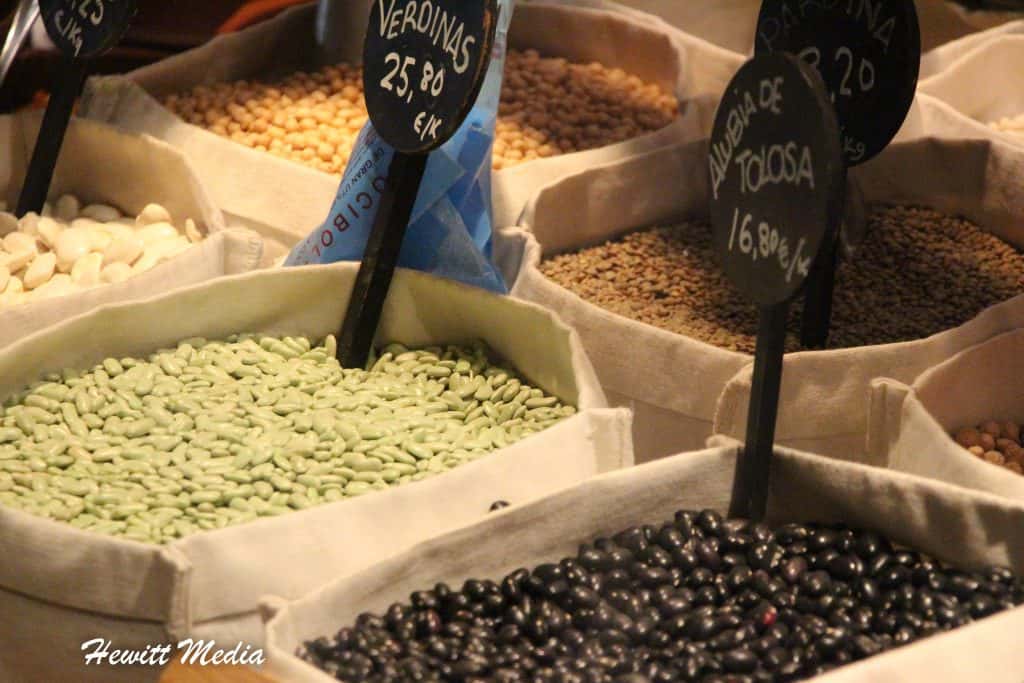
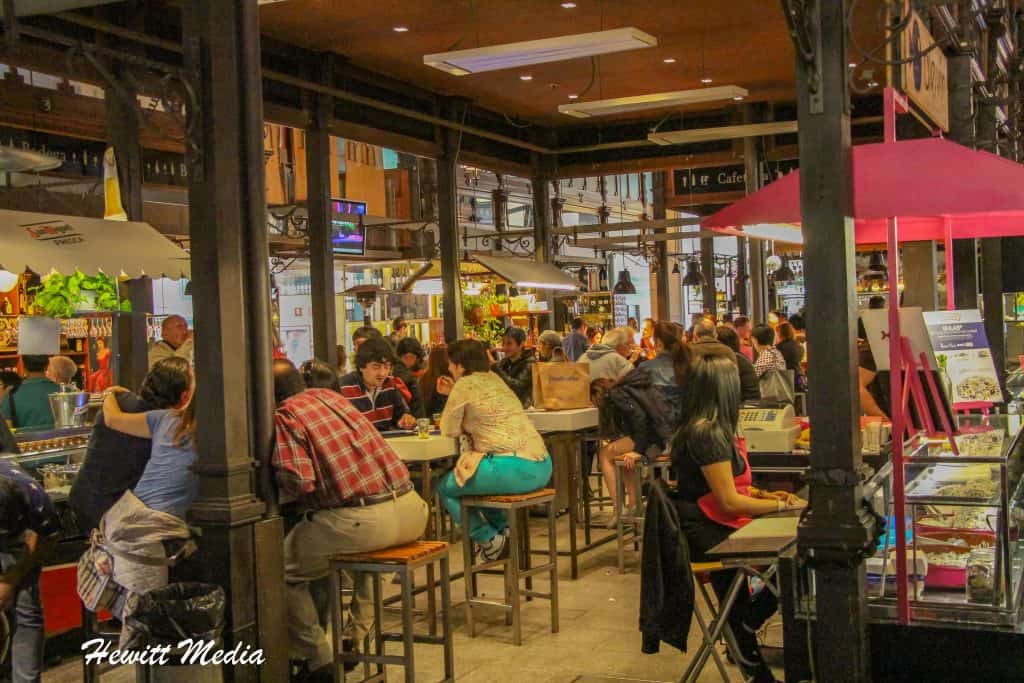
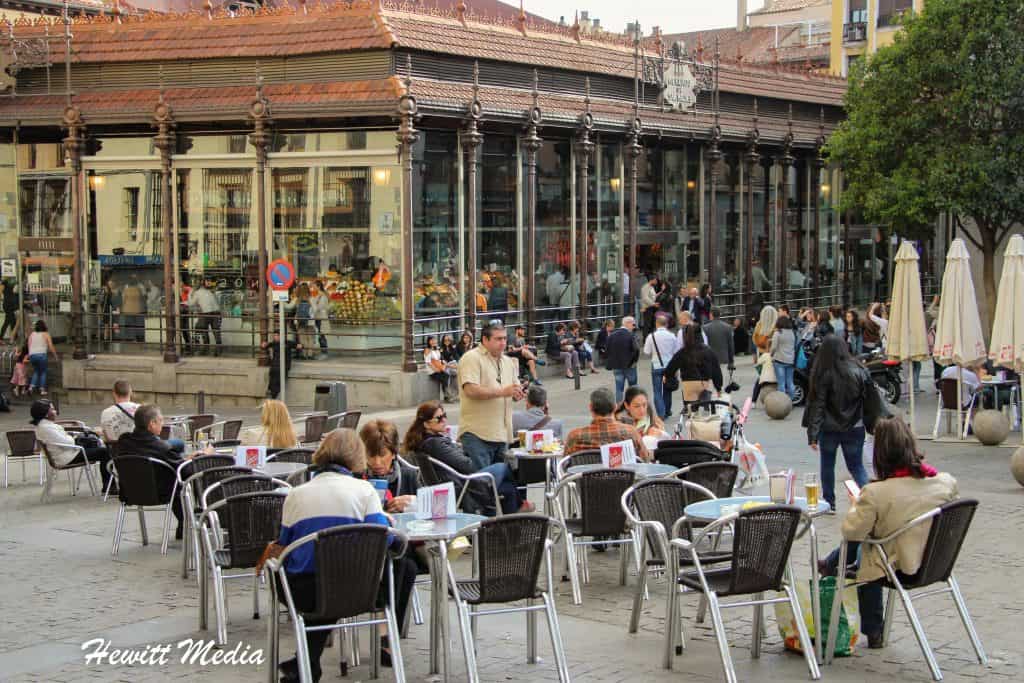
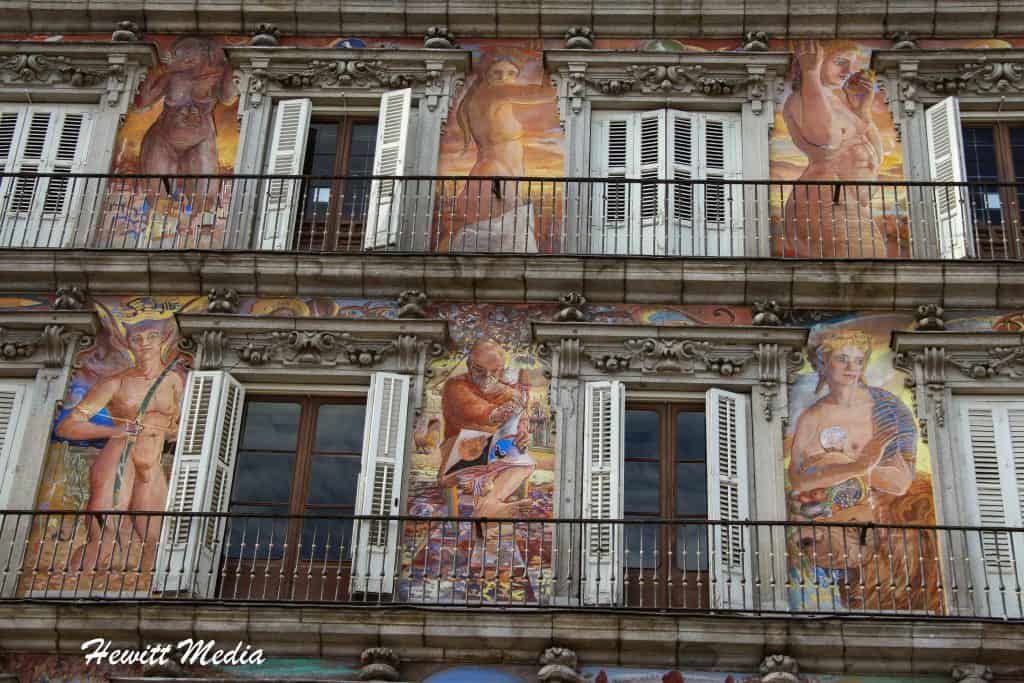
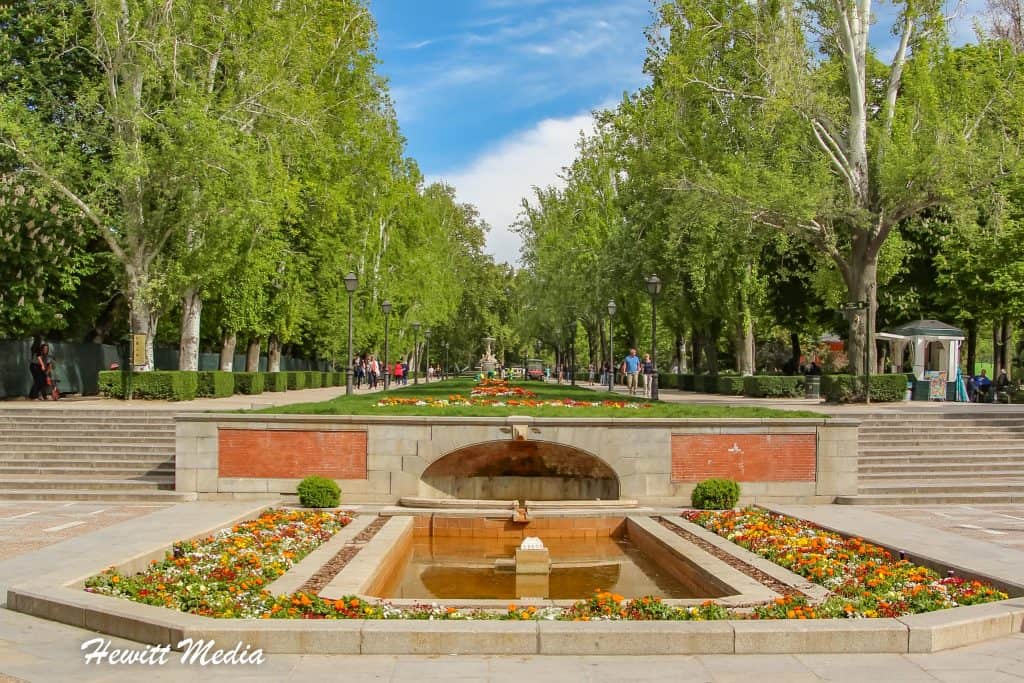
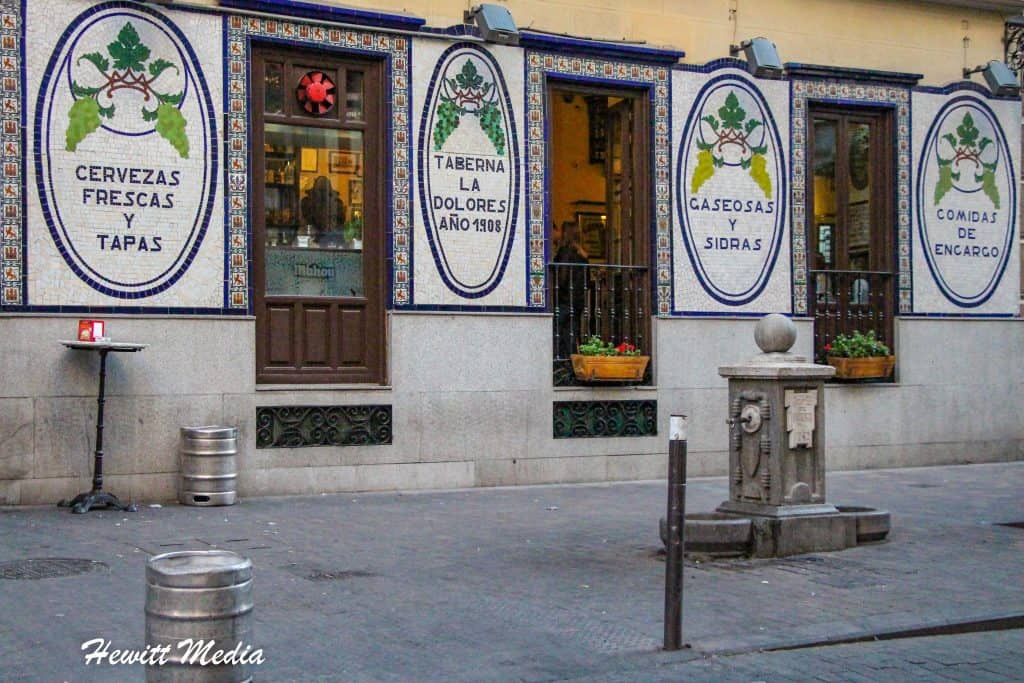
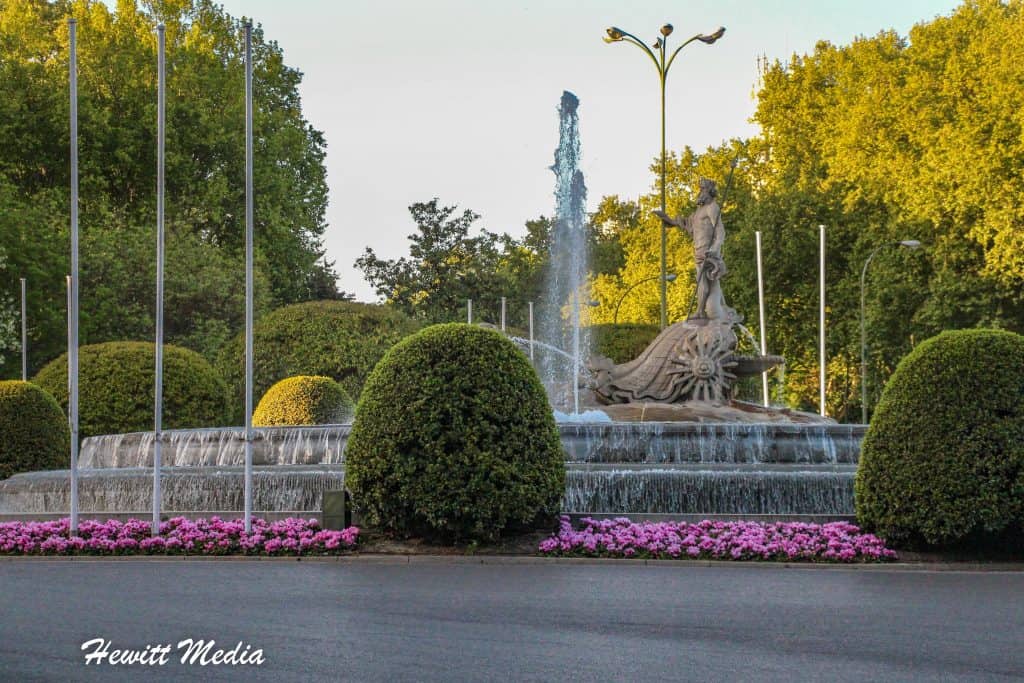
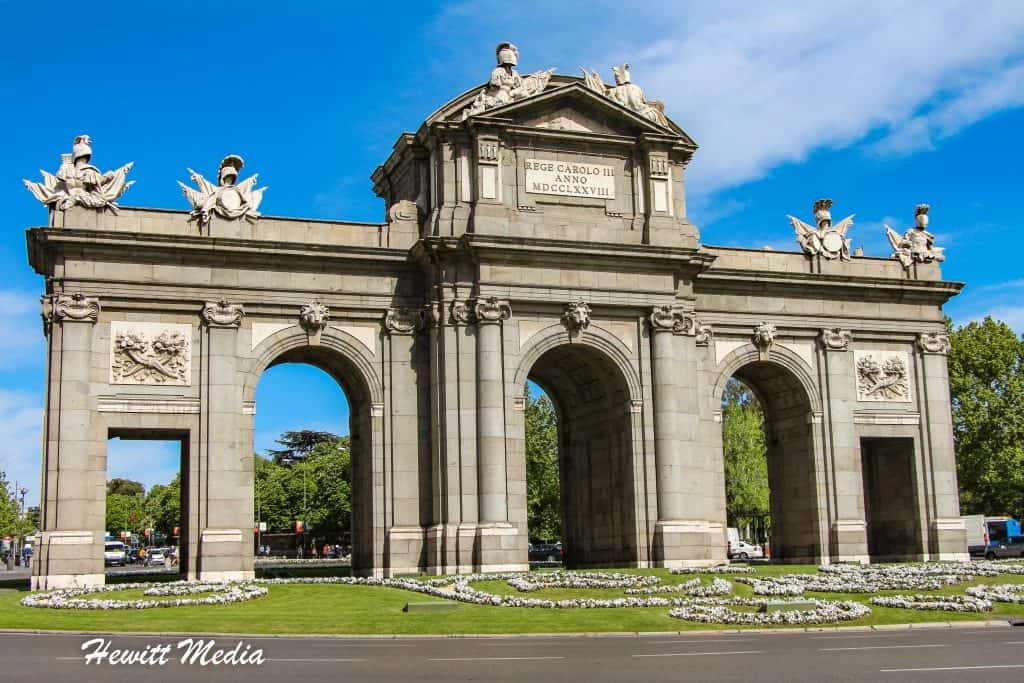
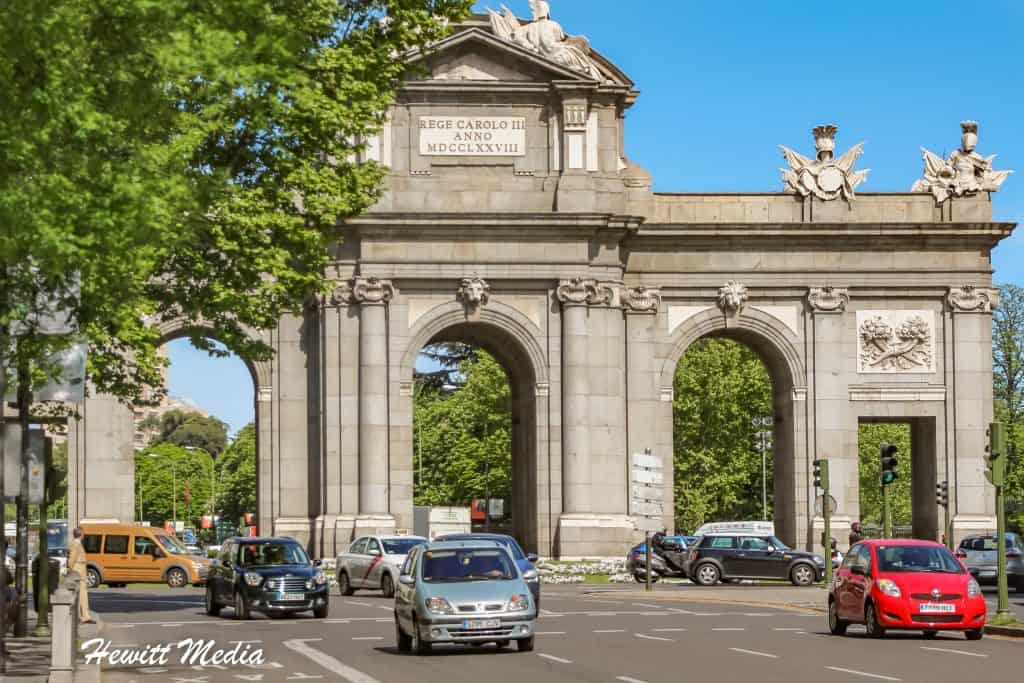
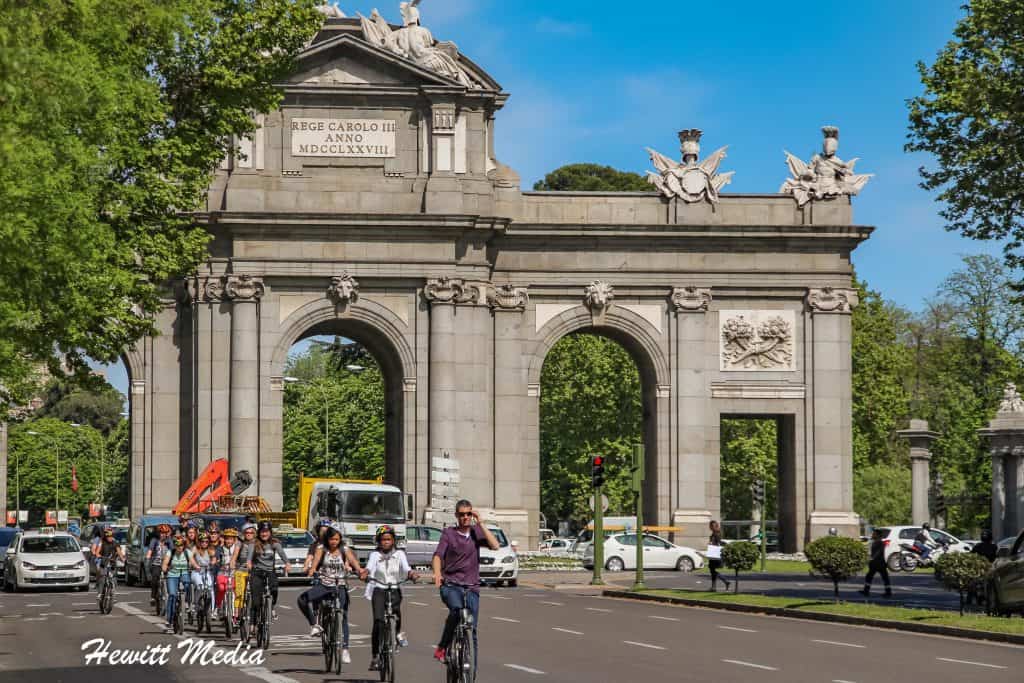
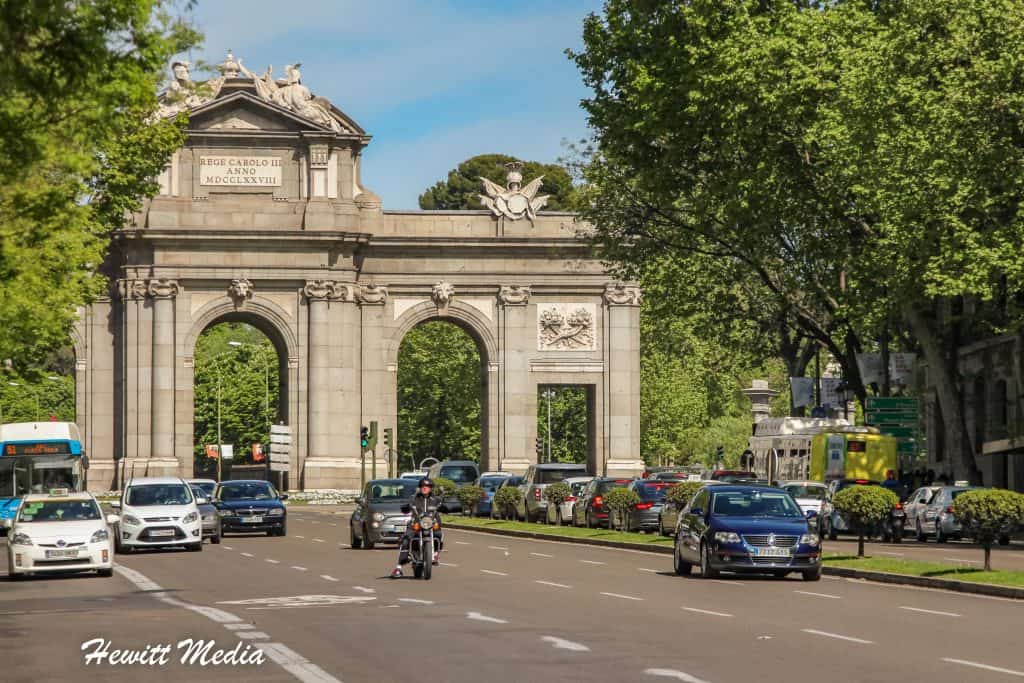
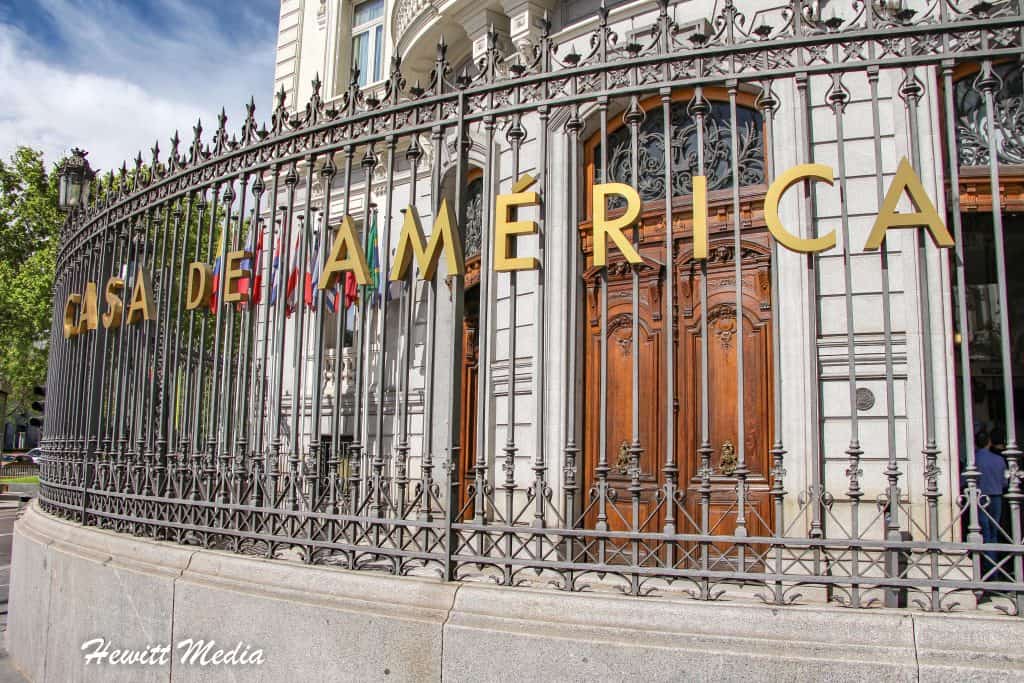
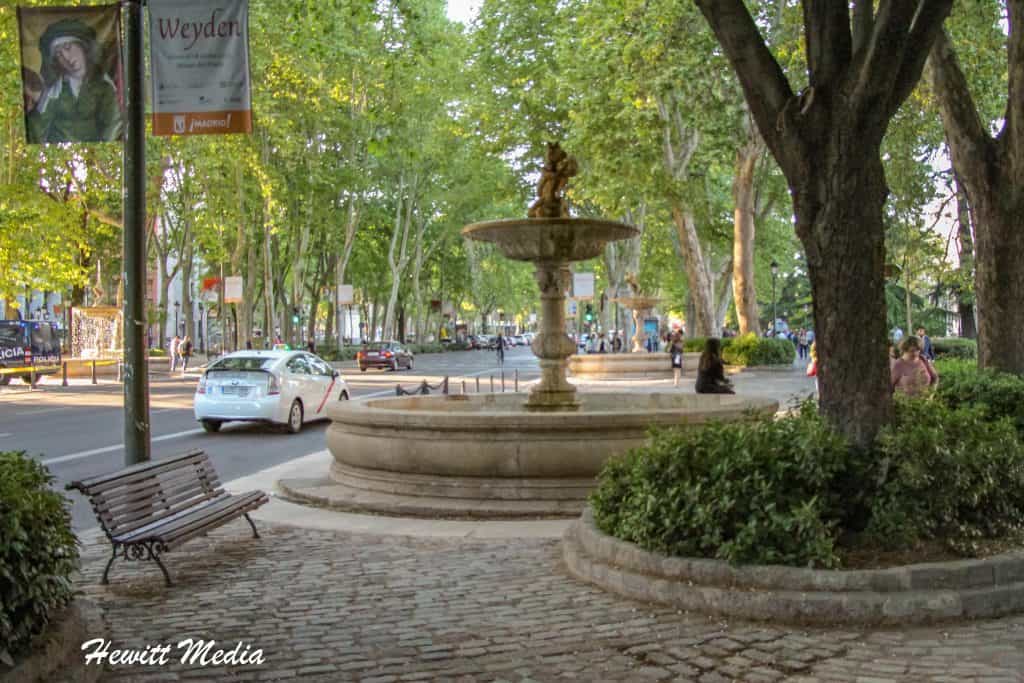

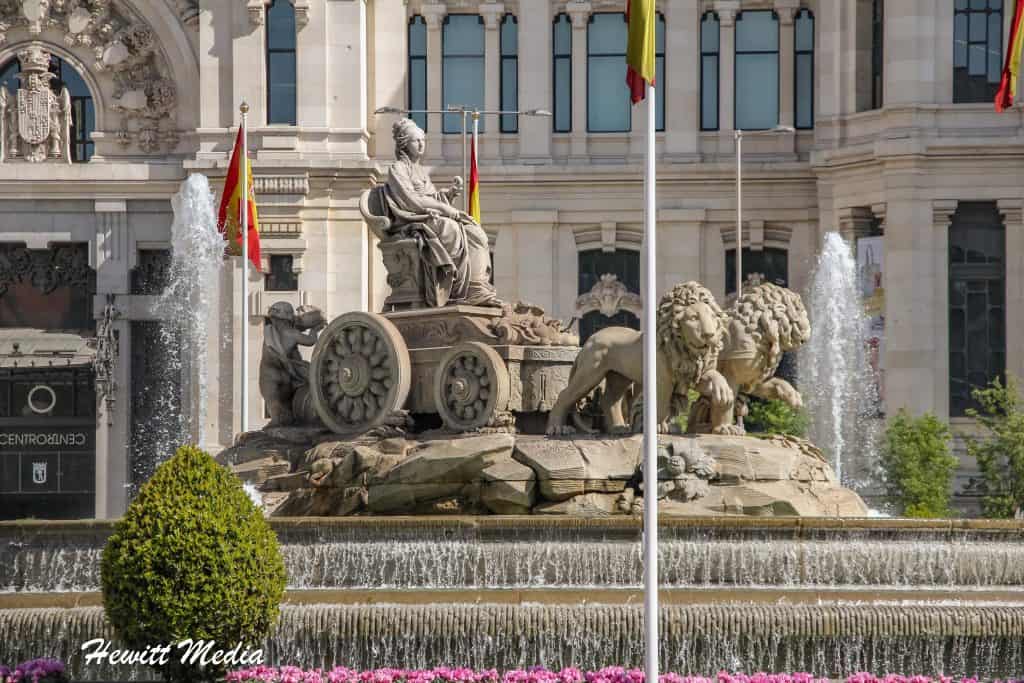
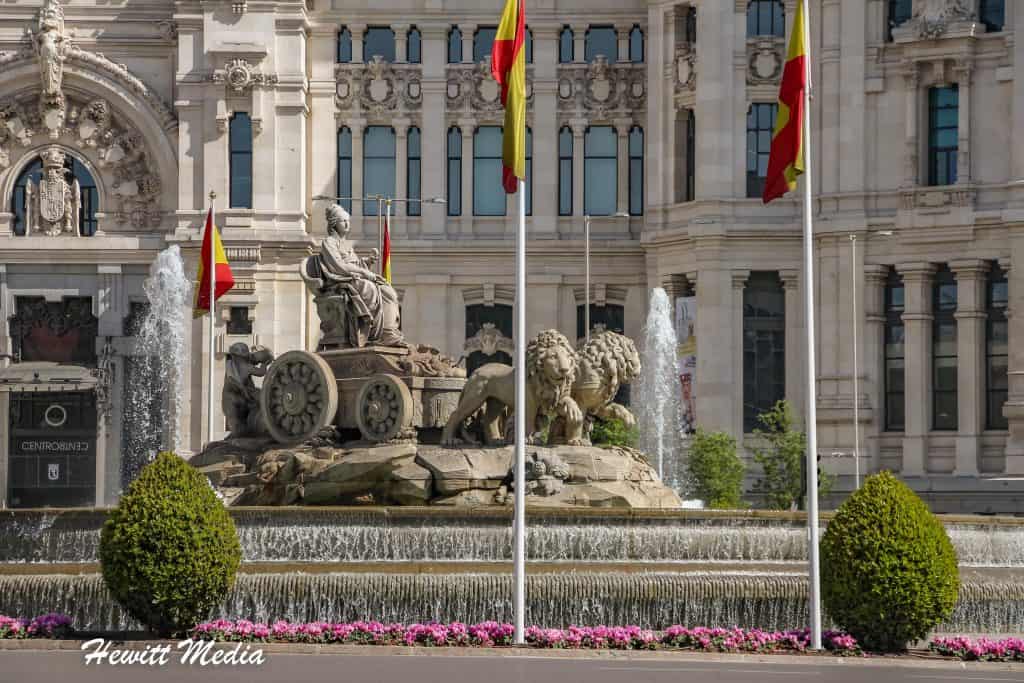
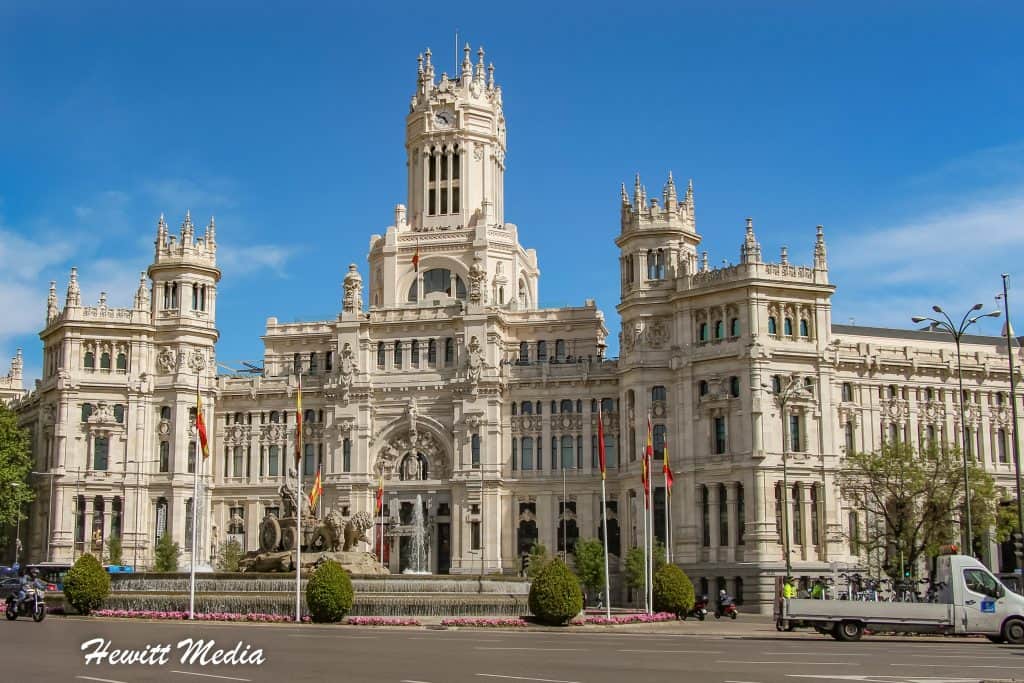
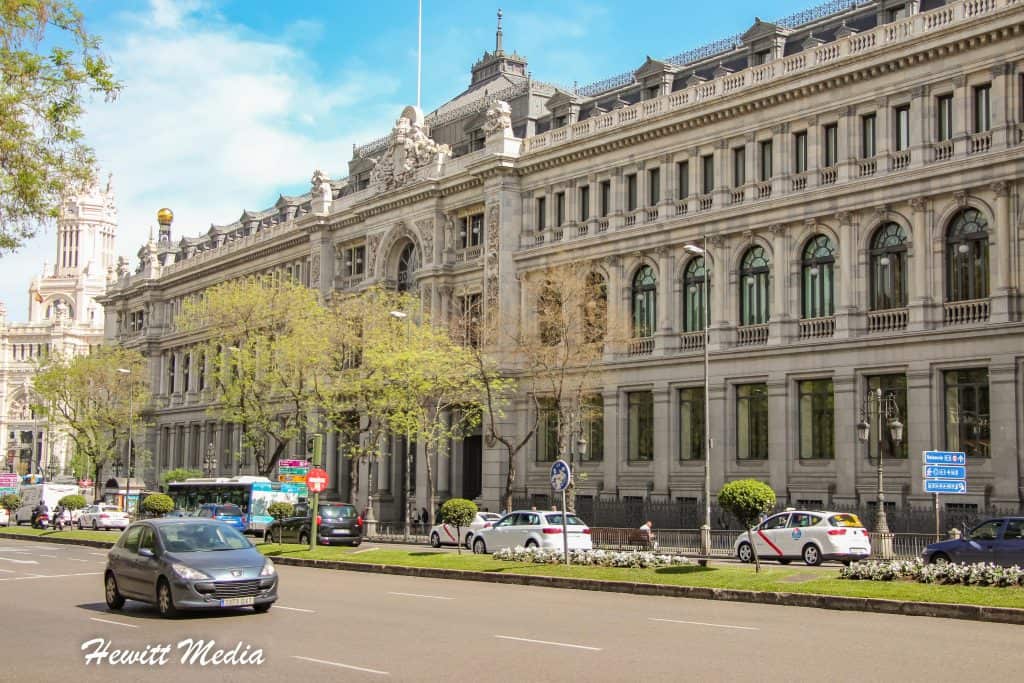
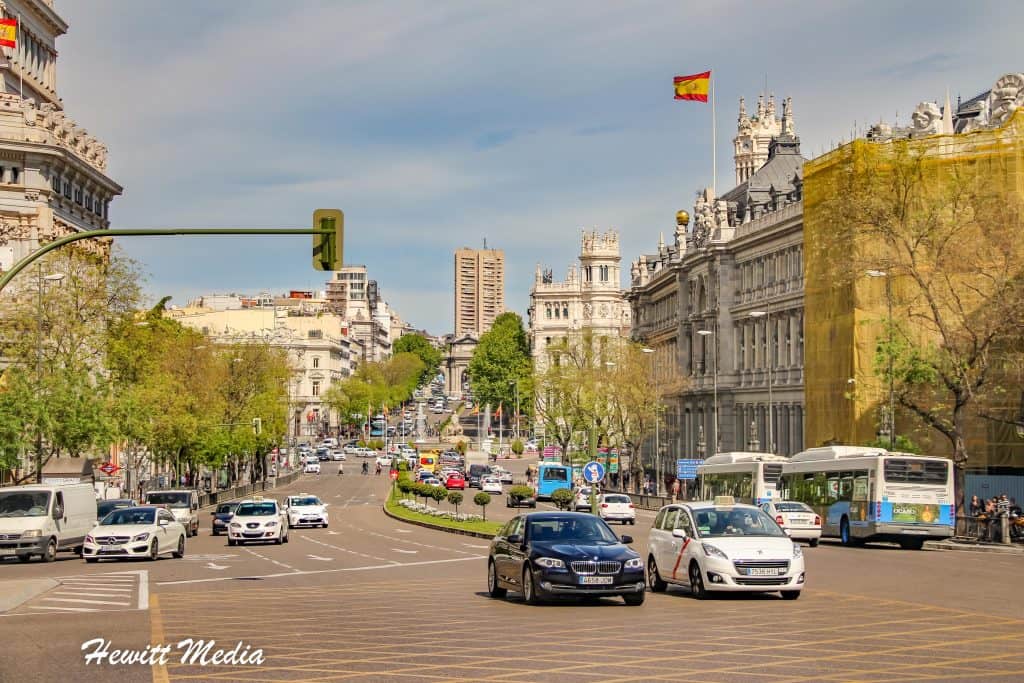
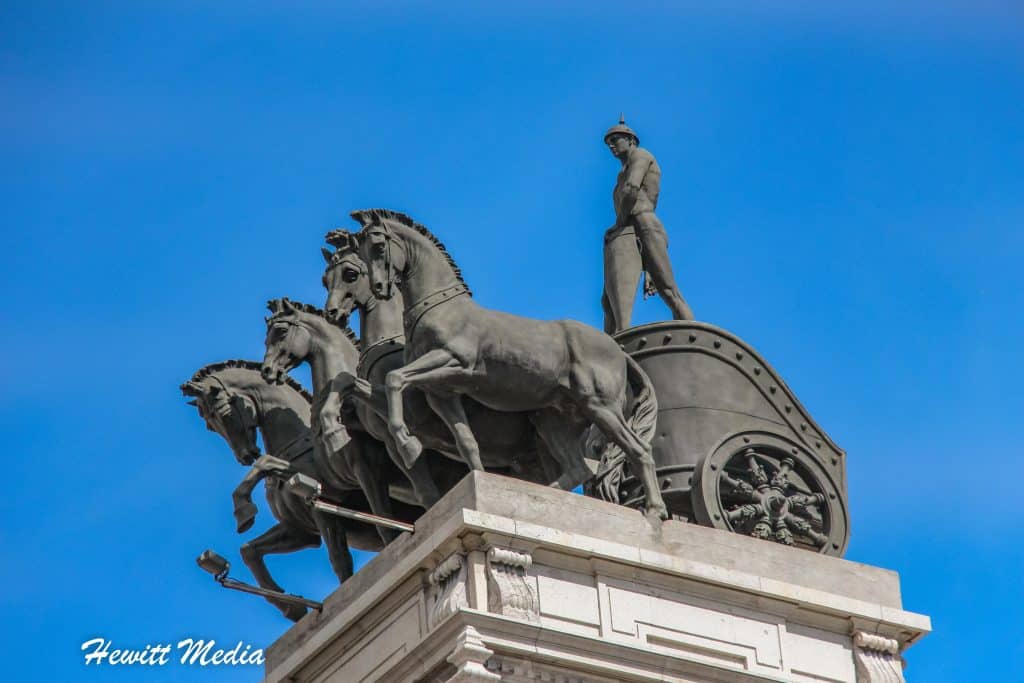
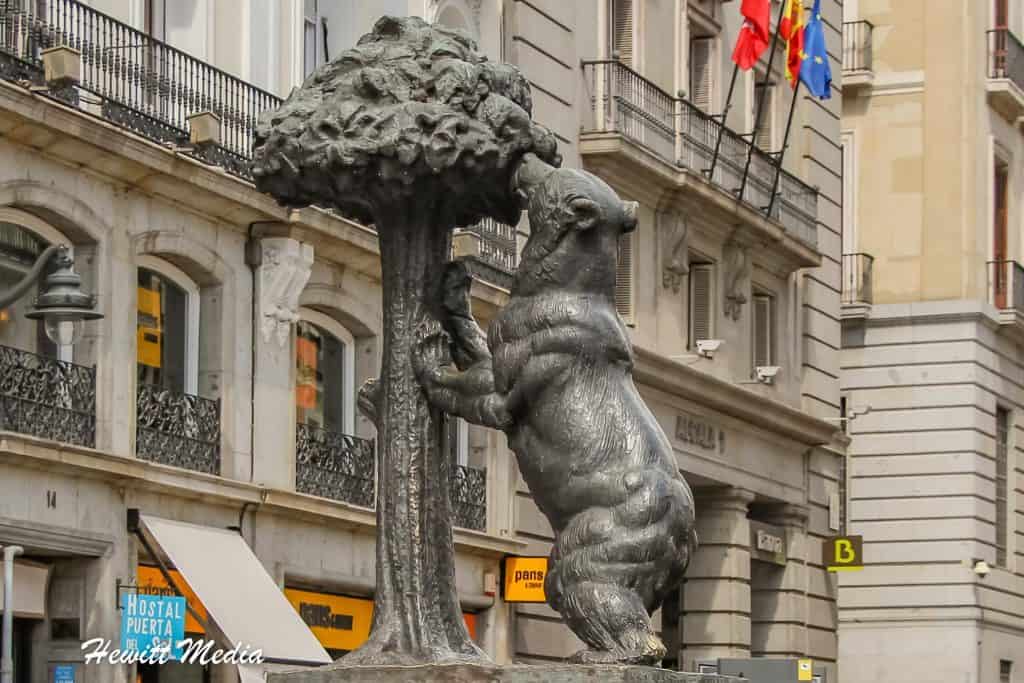
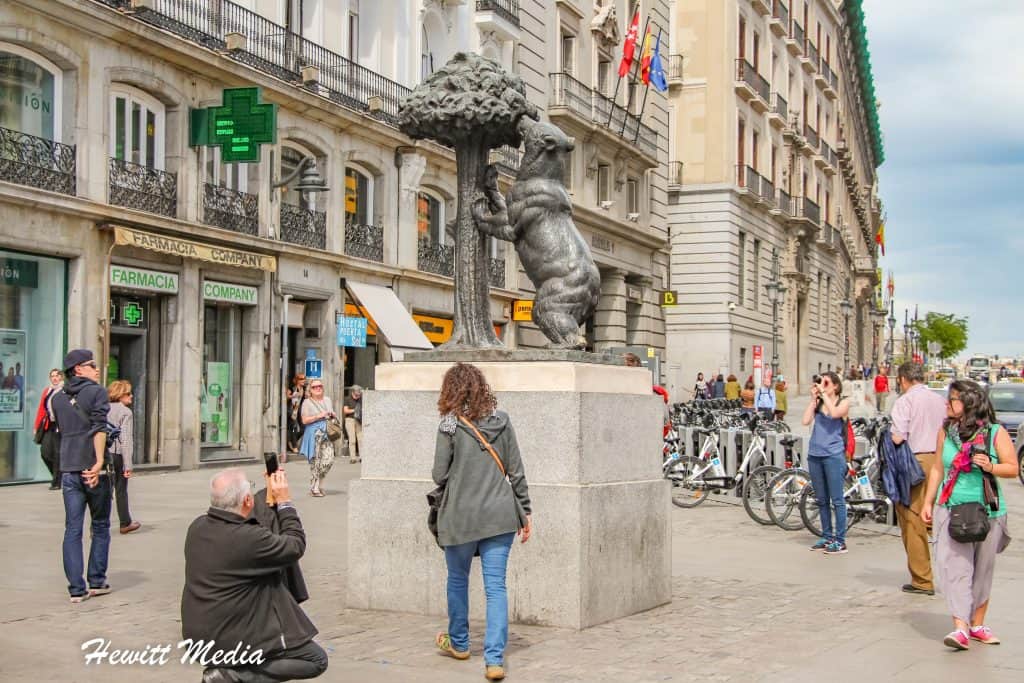
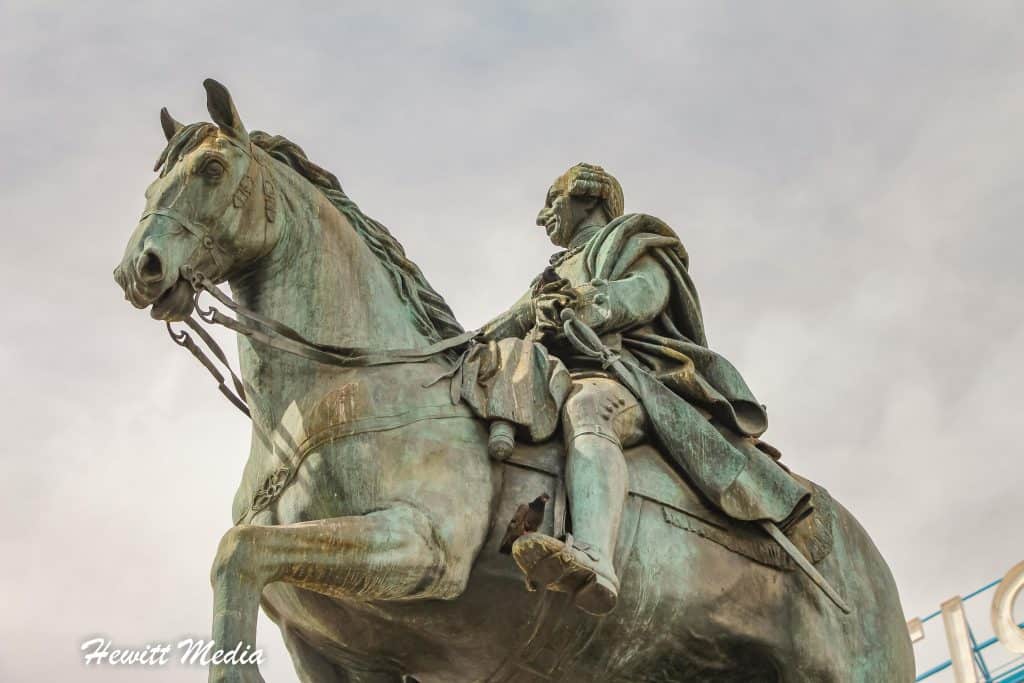
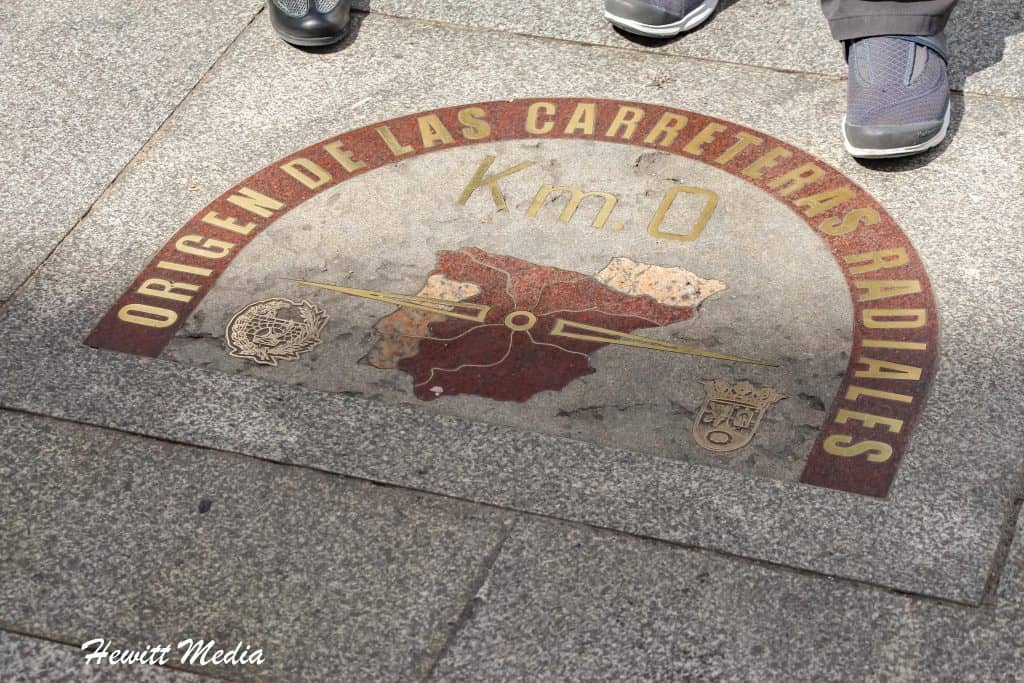
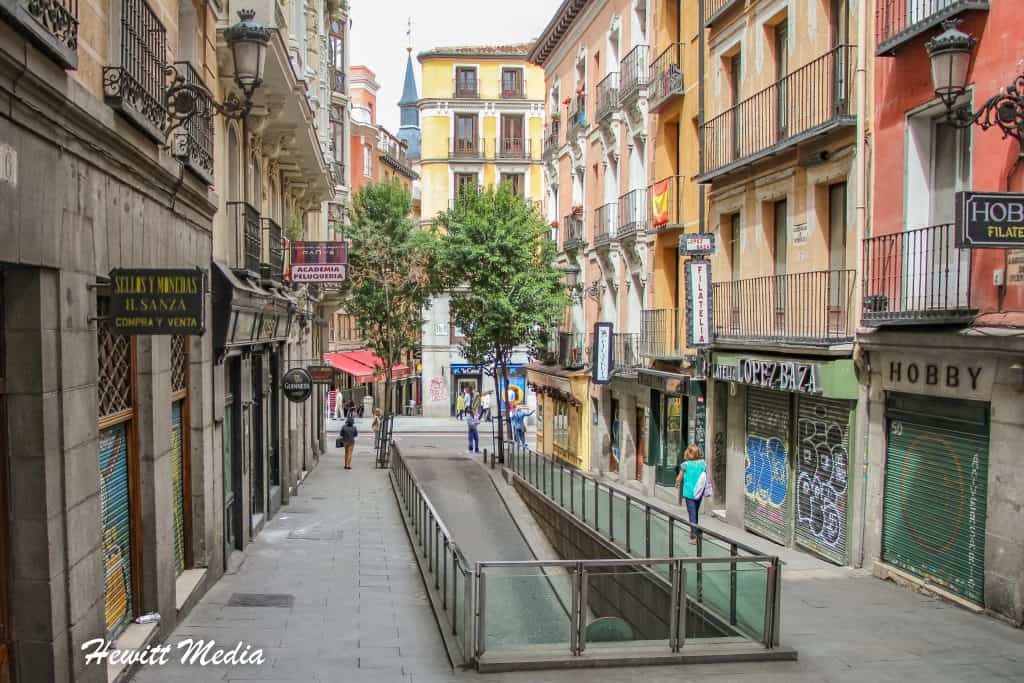
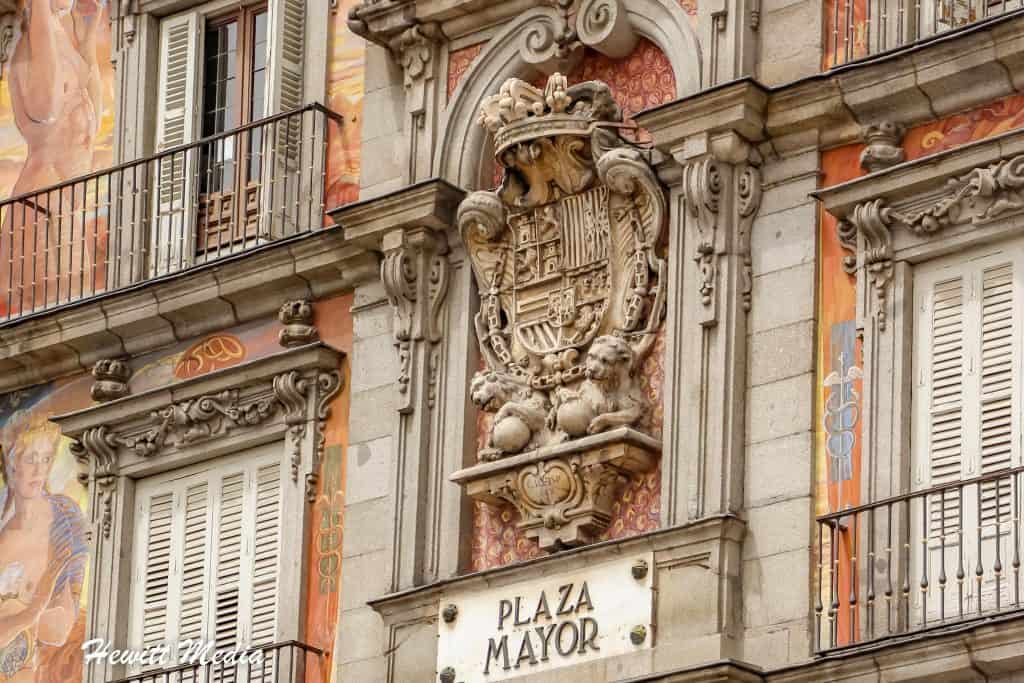
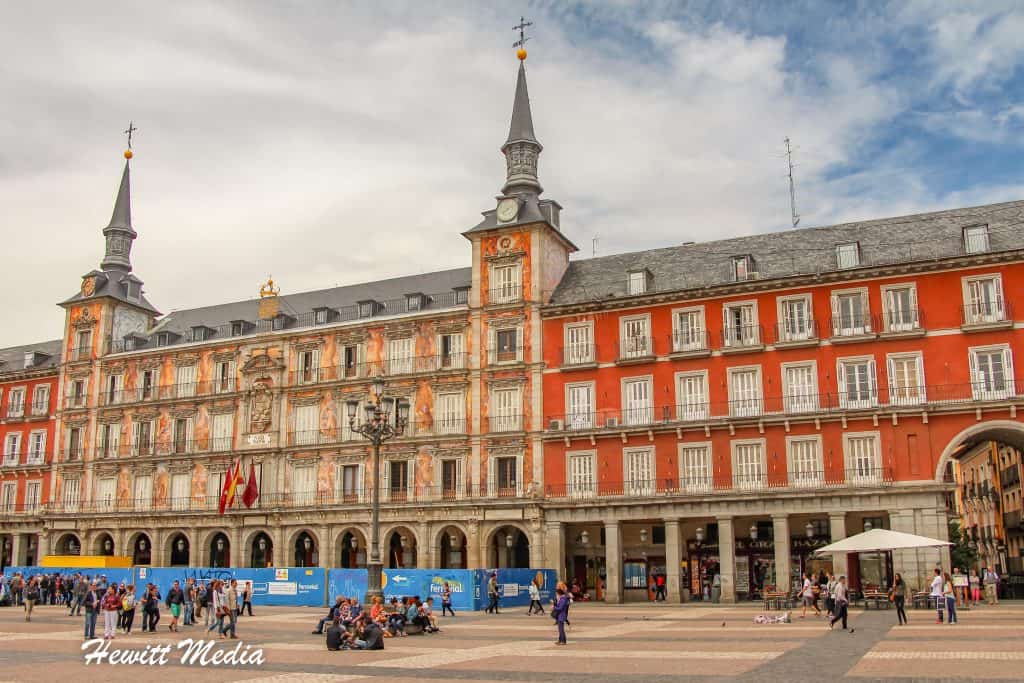

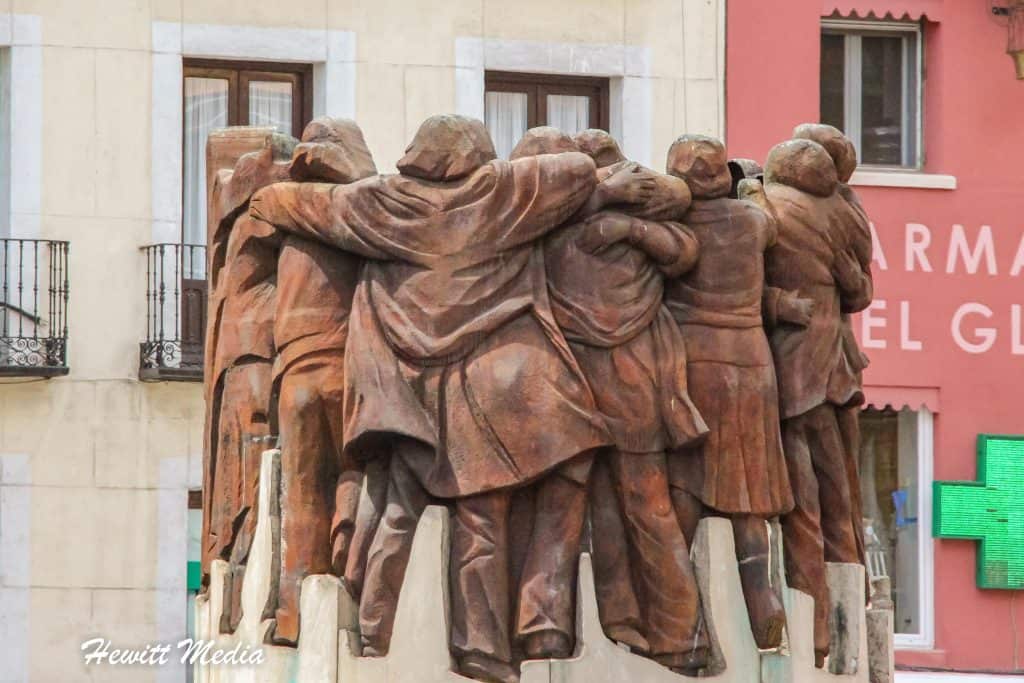
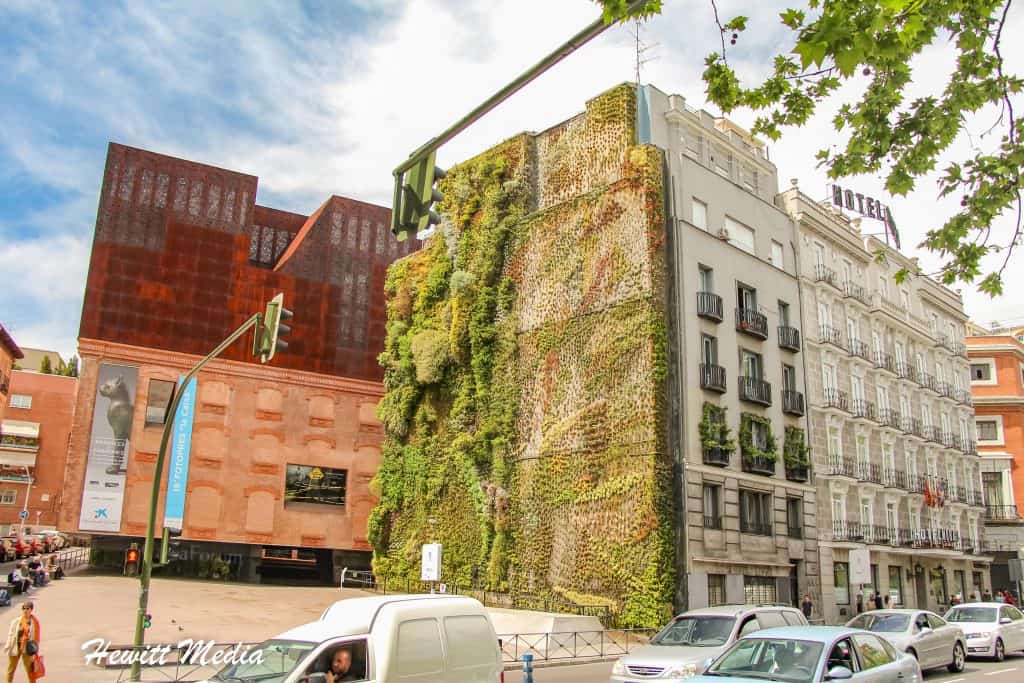
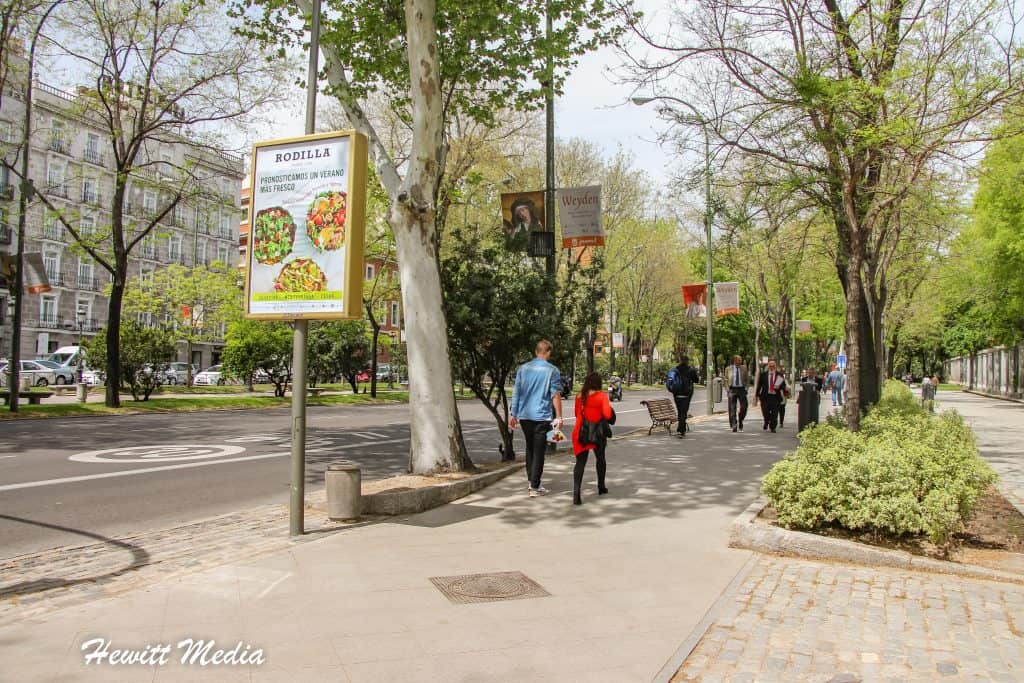
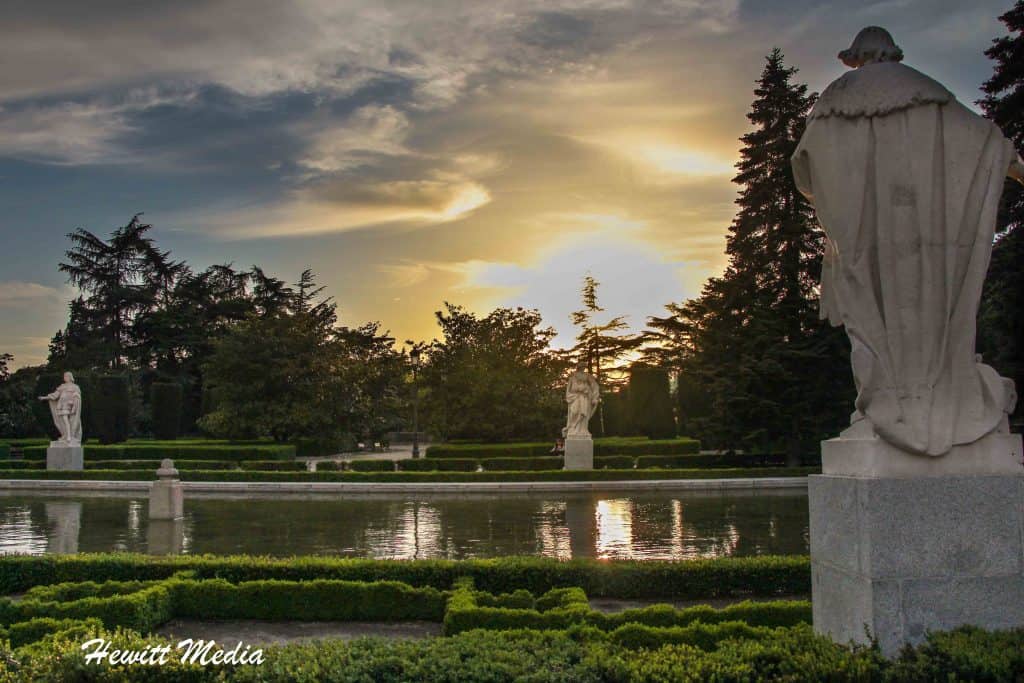
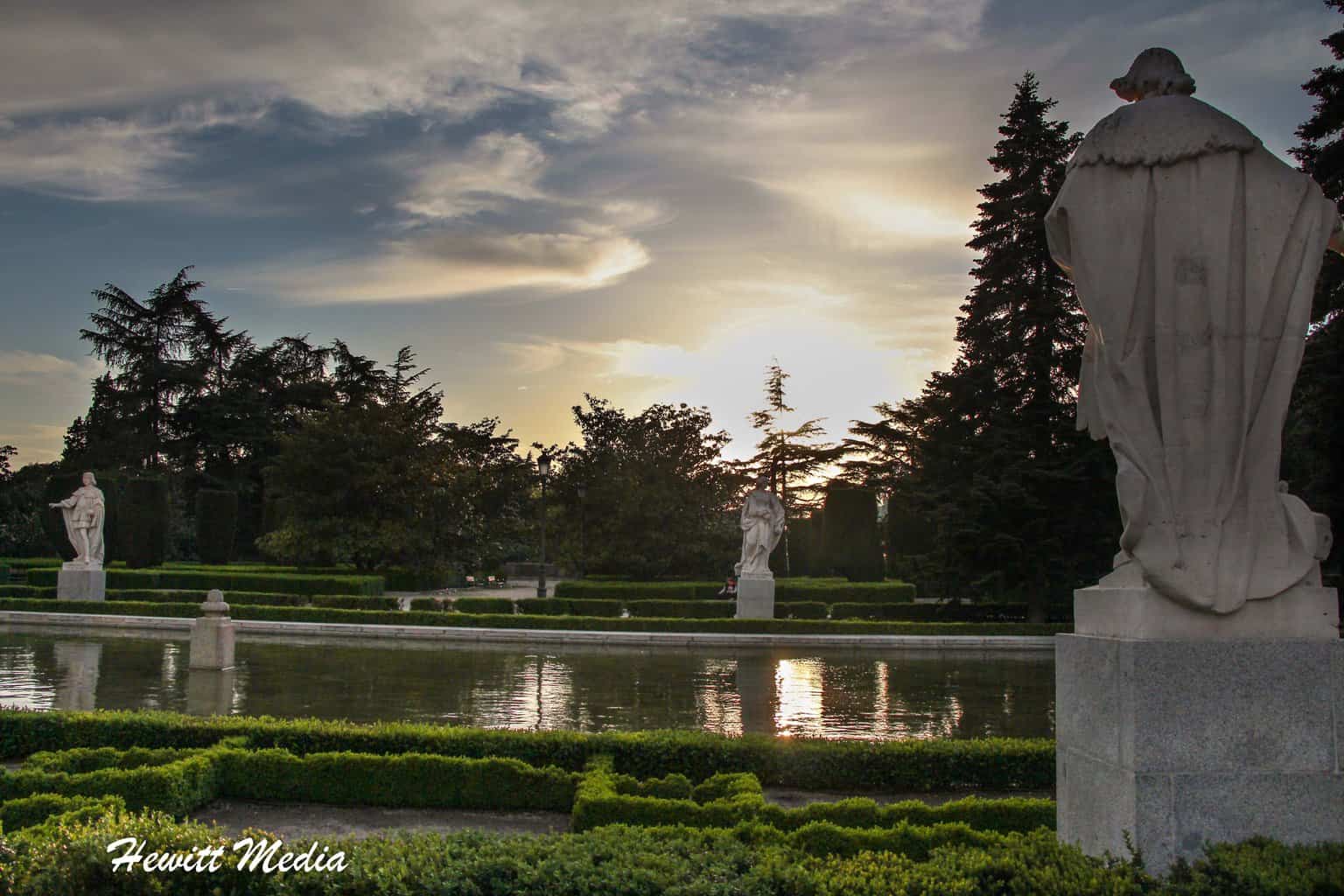
Don’t Forget to Subscribe to My Adventures!

Let Me Help You Save On Your Next Adventure!
‘Start Exploring Today’ Merchandise Available Now!



















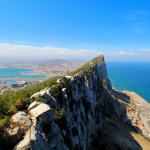
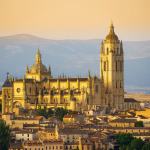



WOW! Amazing photographs and the detailed write-up is very much useful. Thank you for sharing, Josh.
Thank you so much for the kind words!! You made my day! 😀
I haven’t been to Spain/Madrid since I was a teenager. Your write-up and photos make me want to return – well done!
Thank you so much for the kind words!! 😃